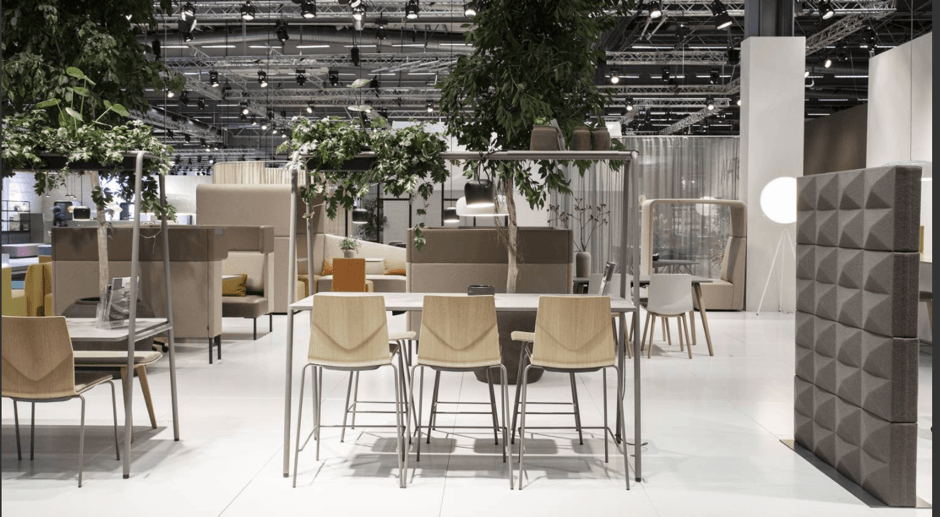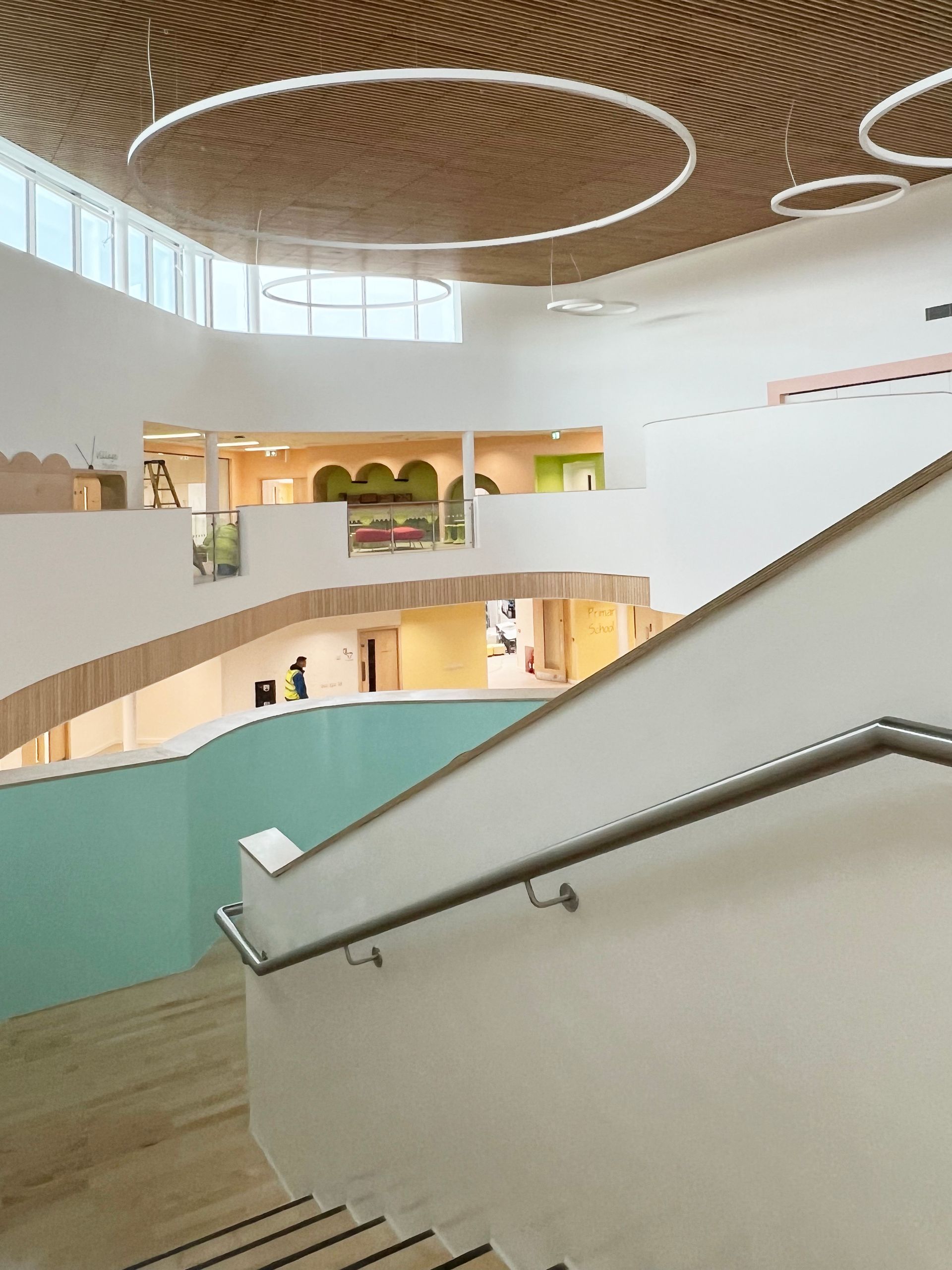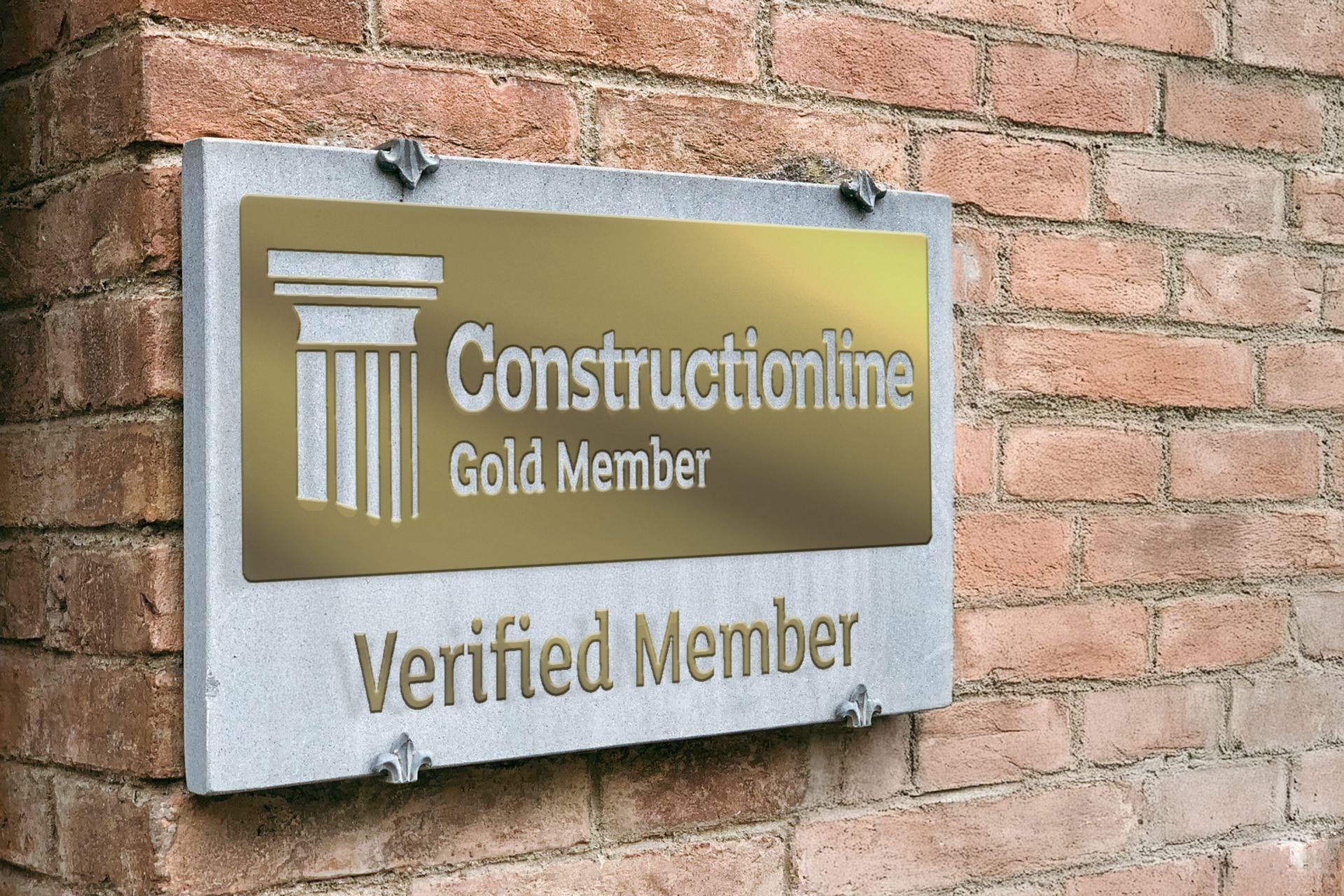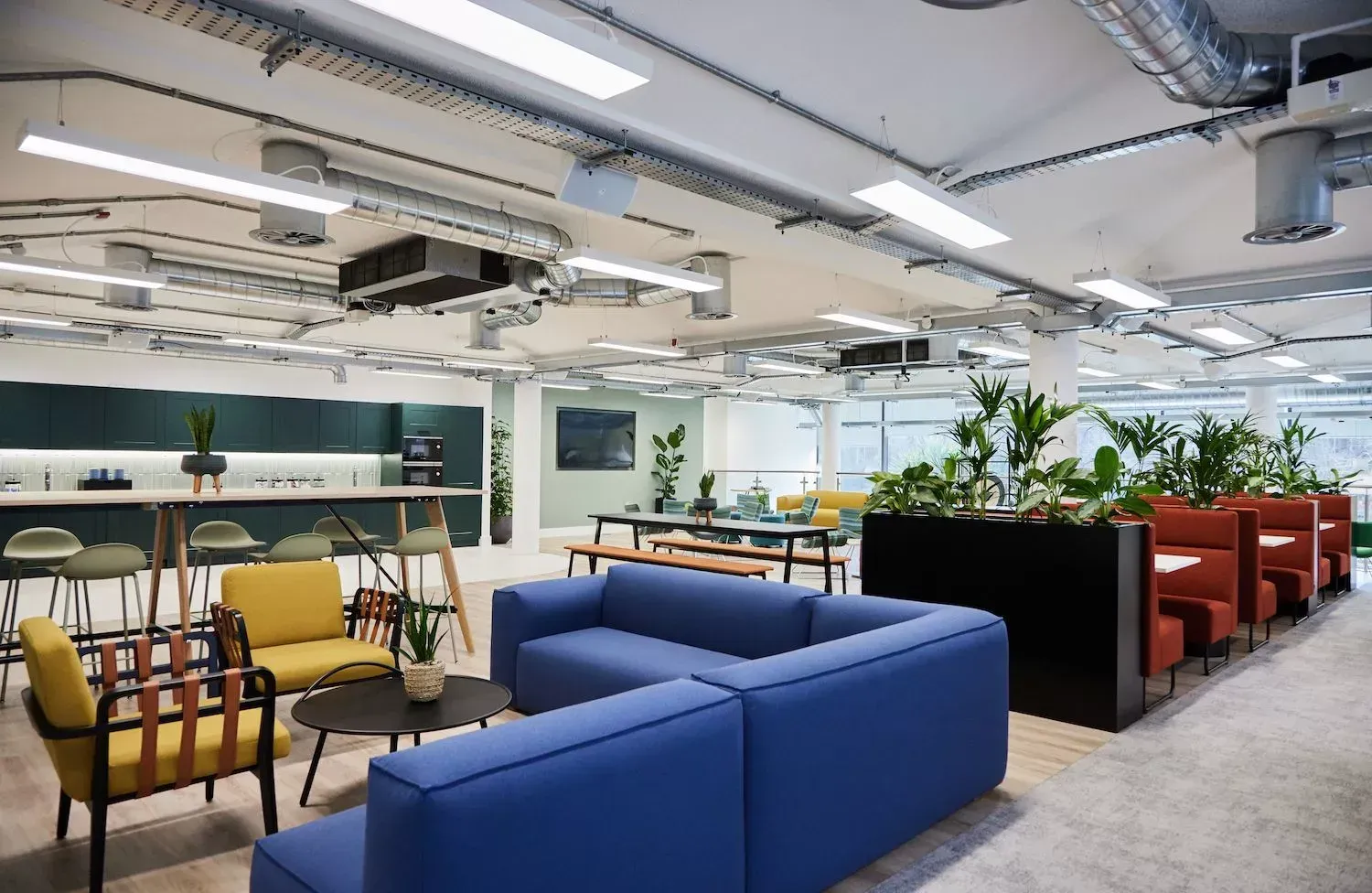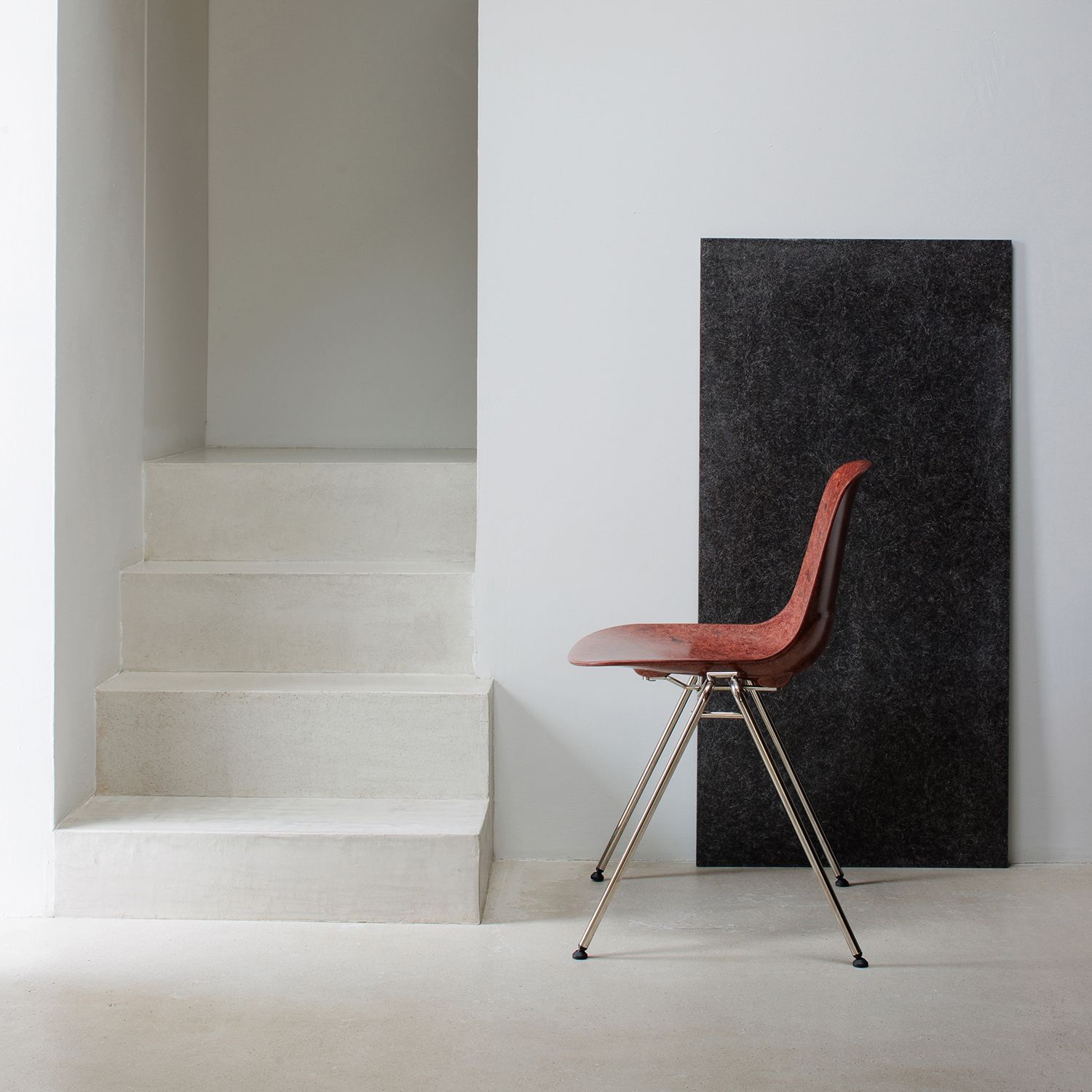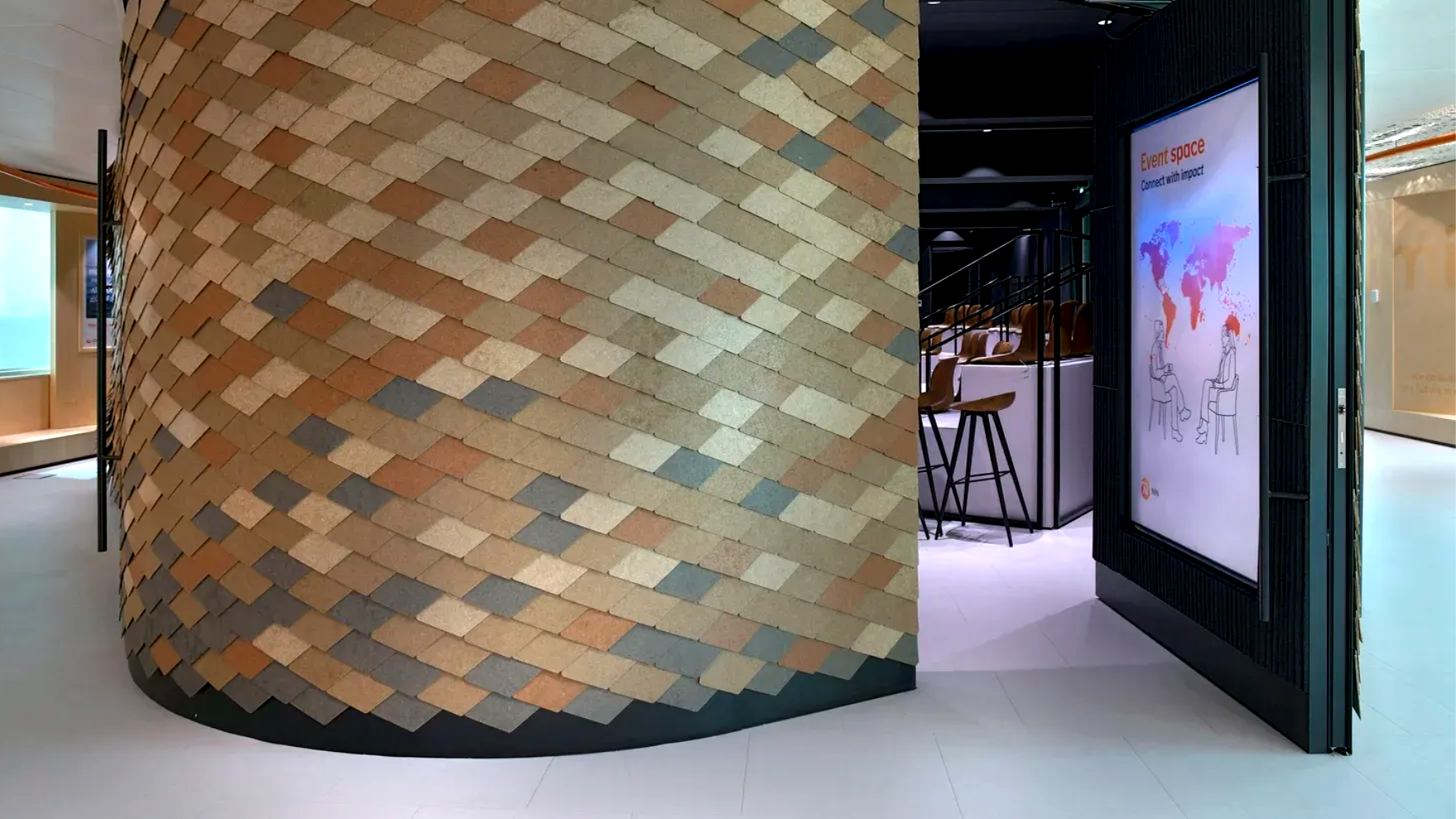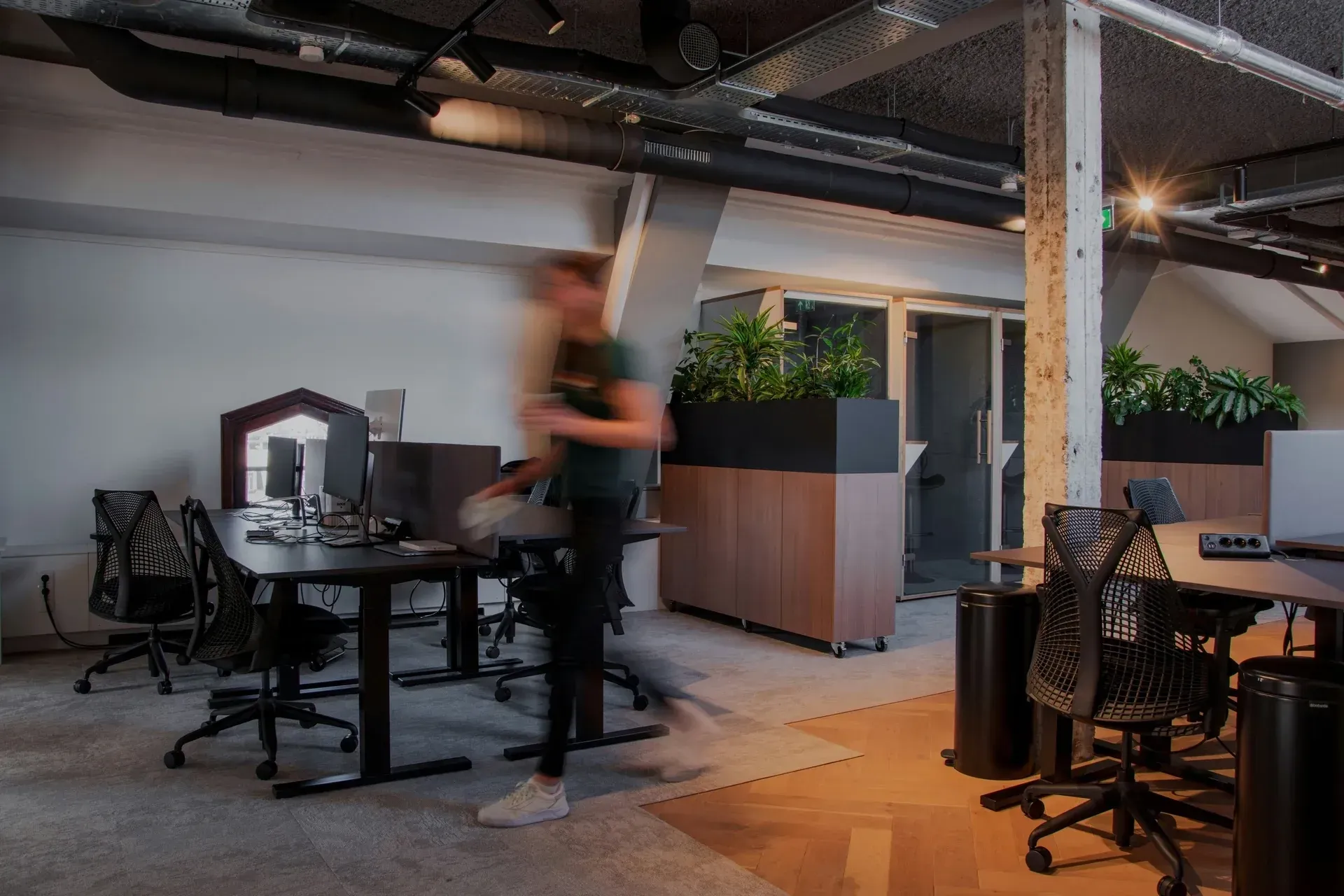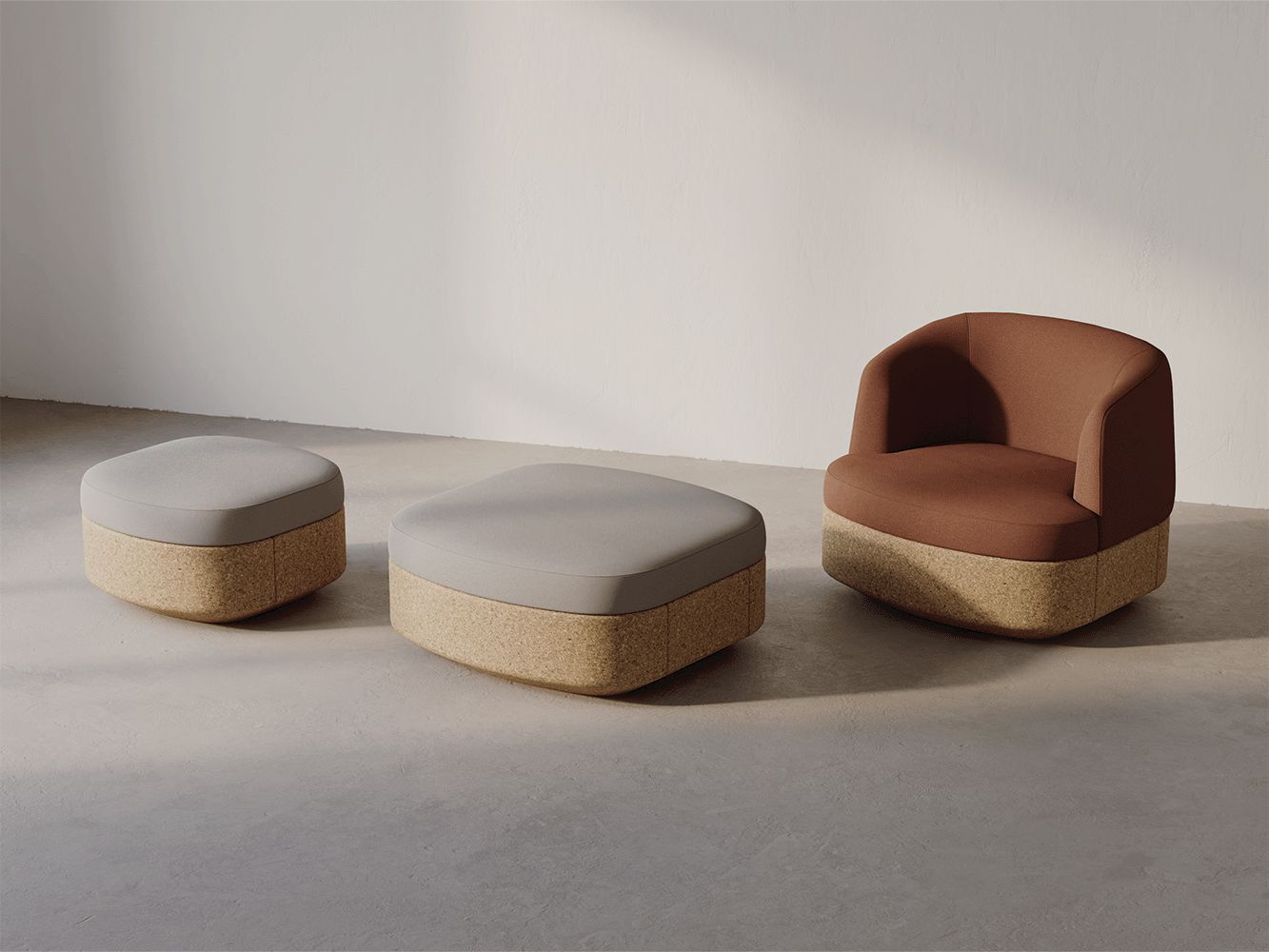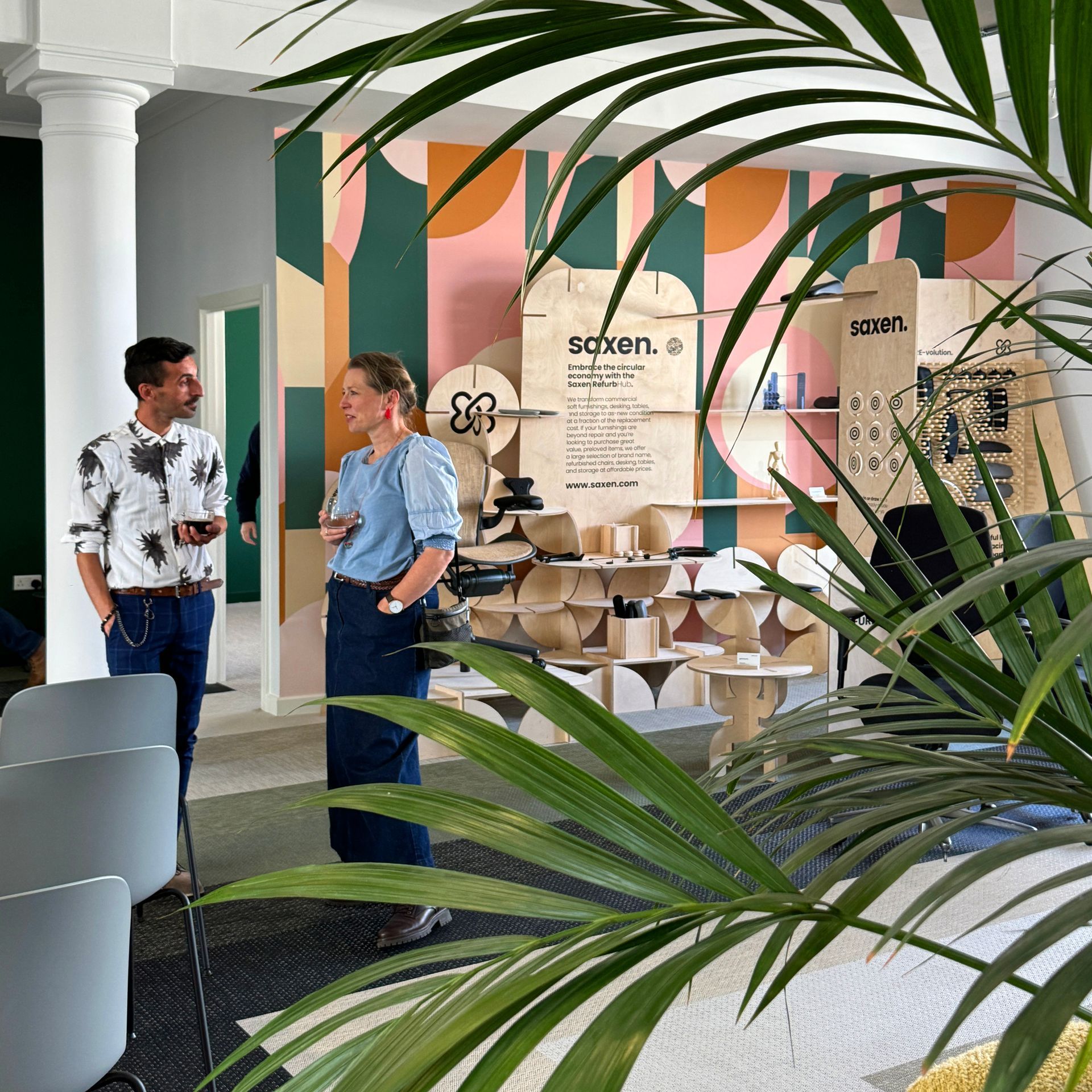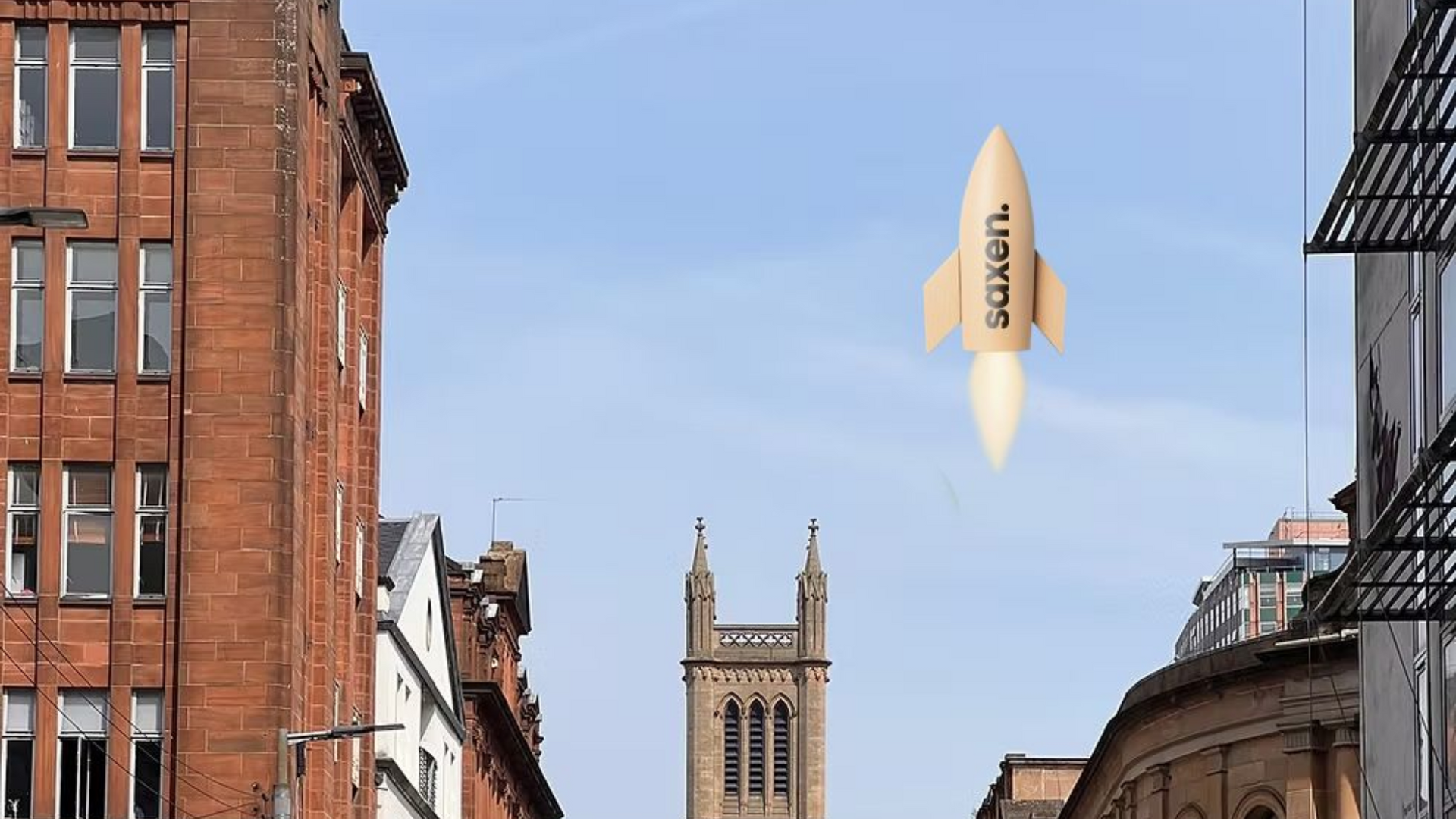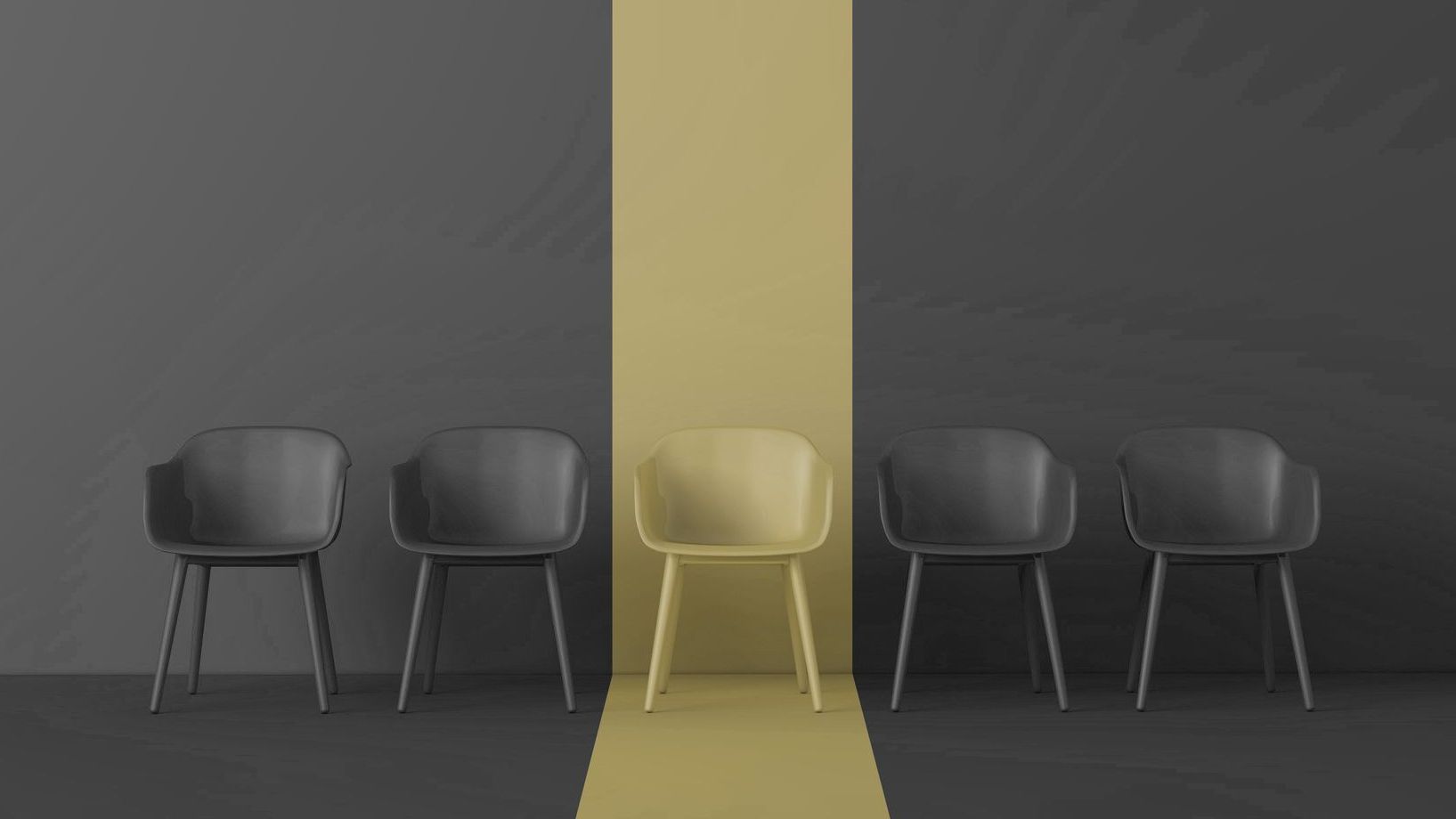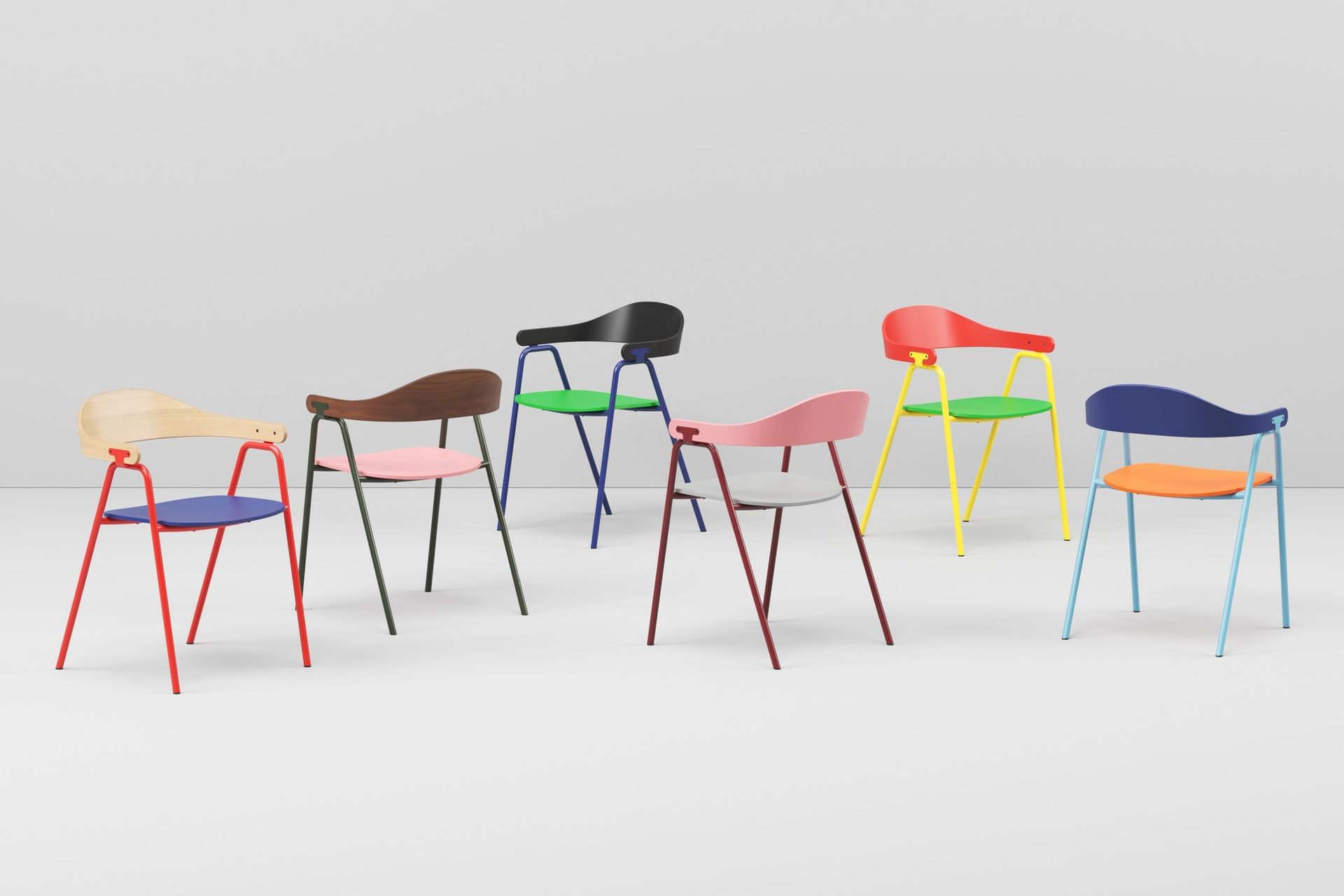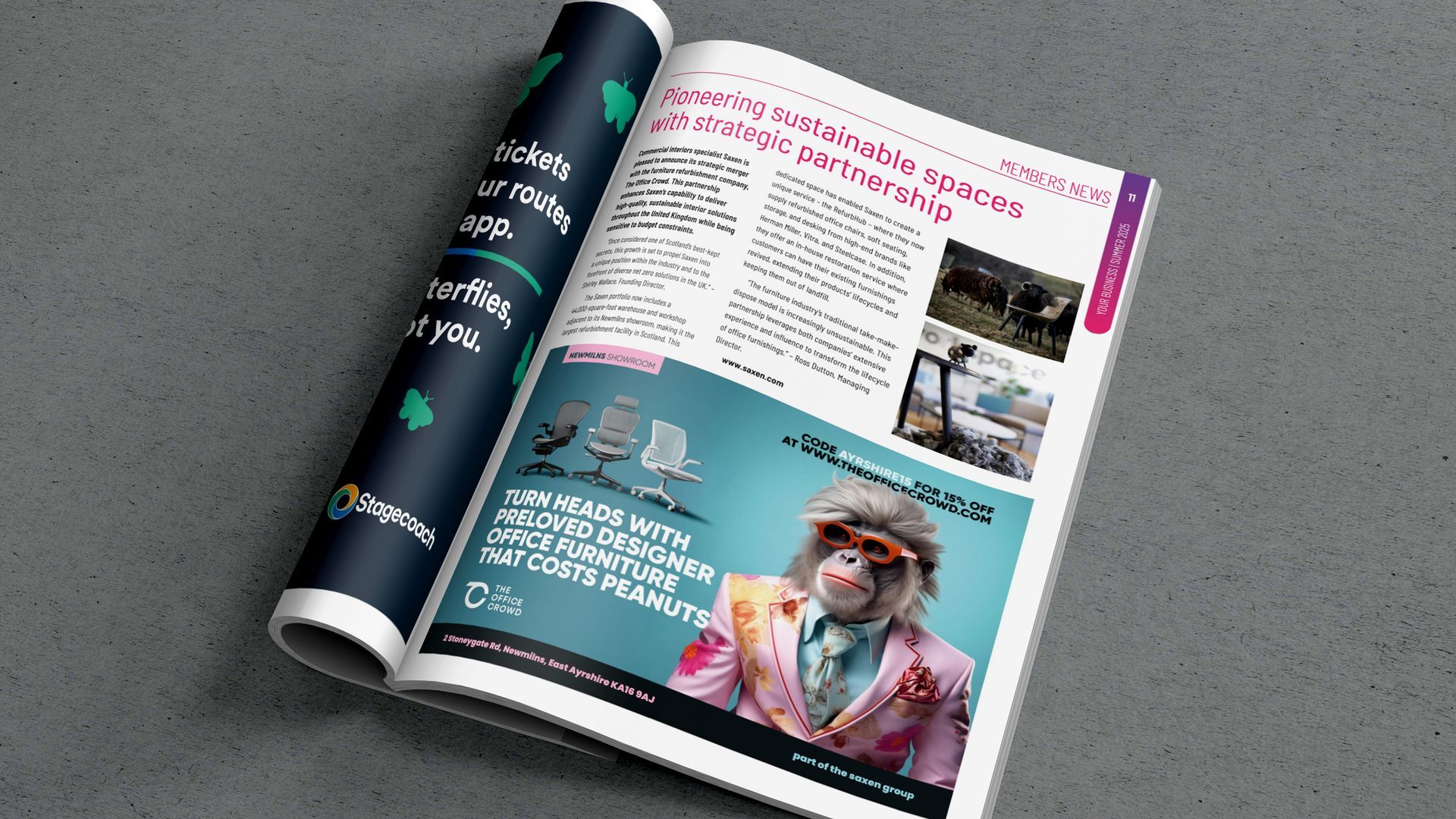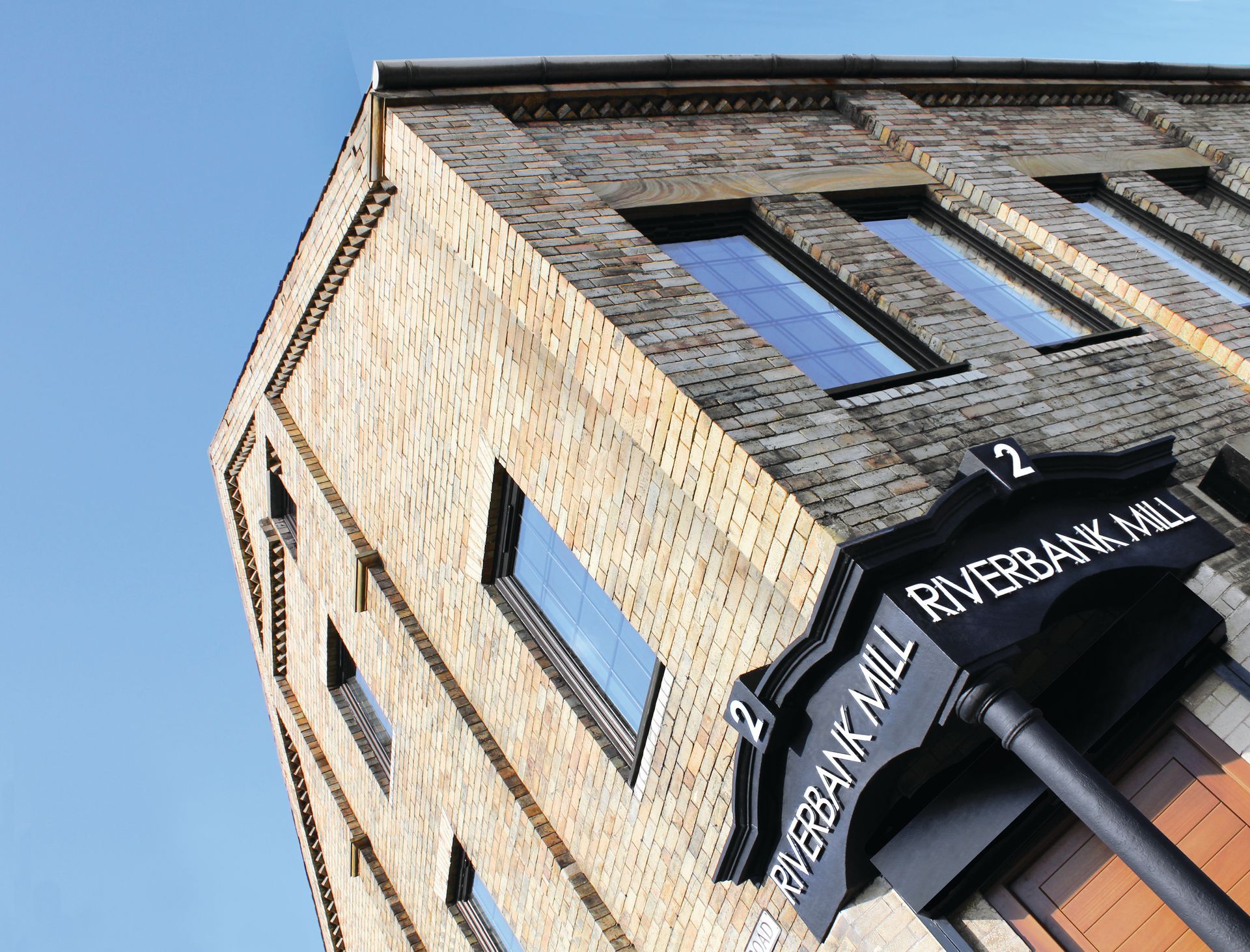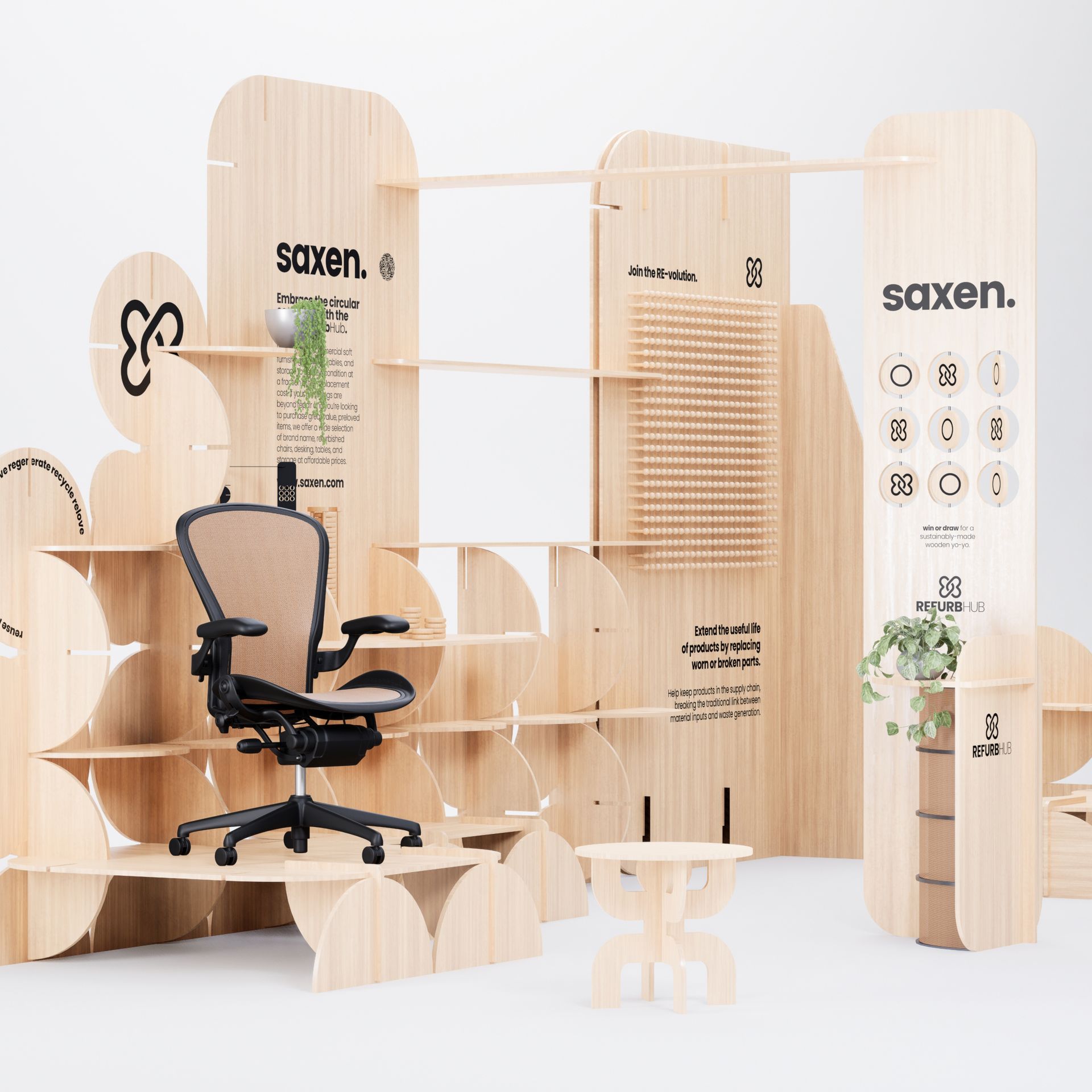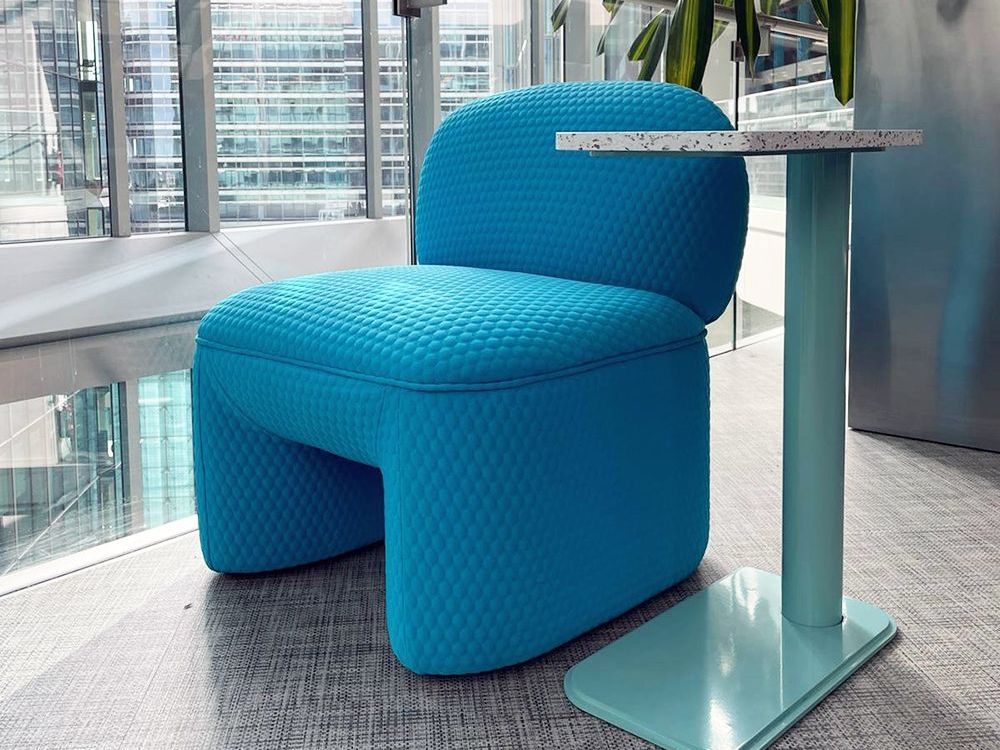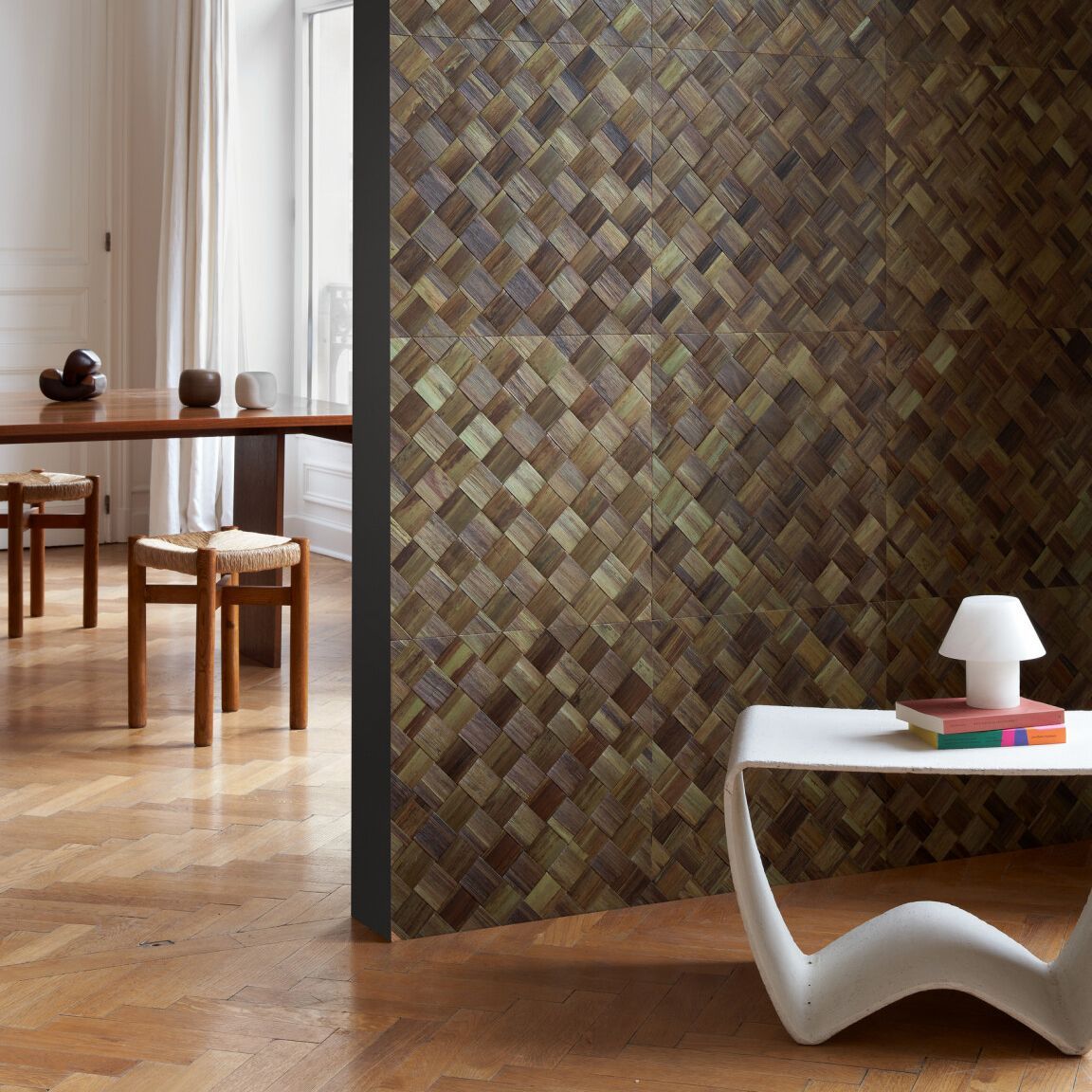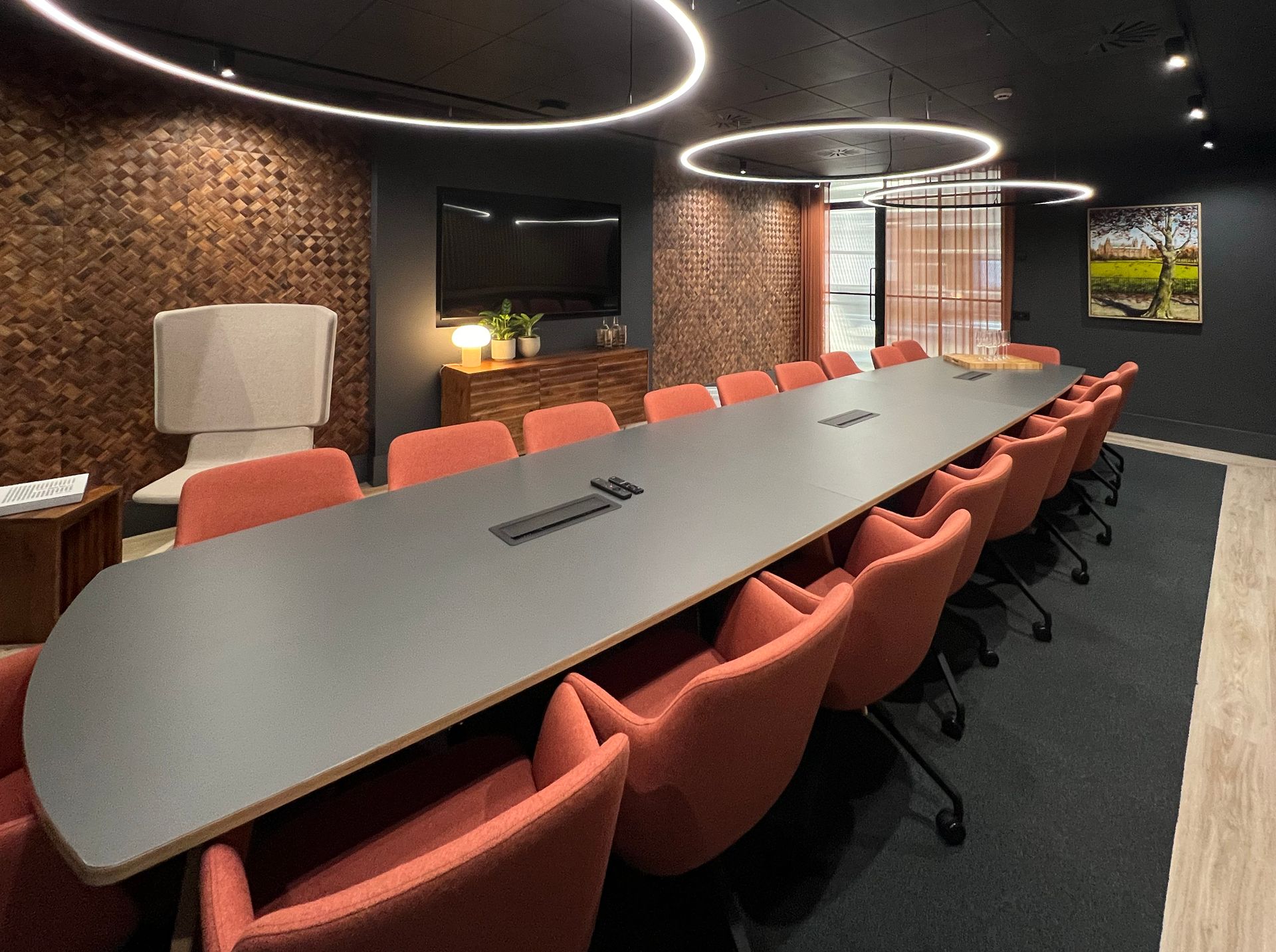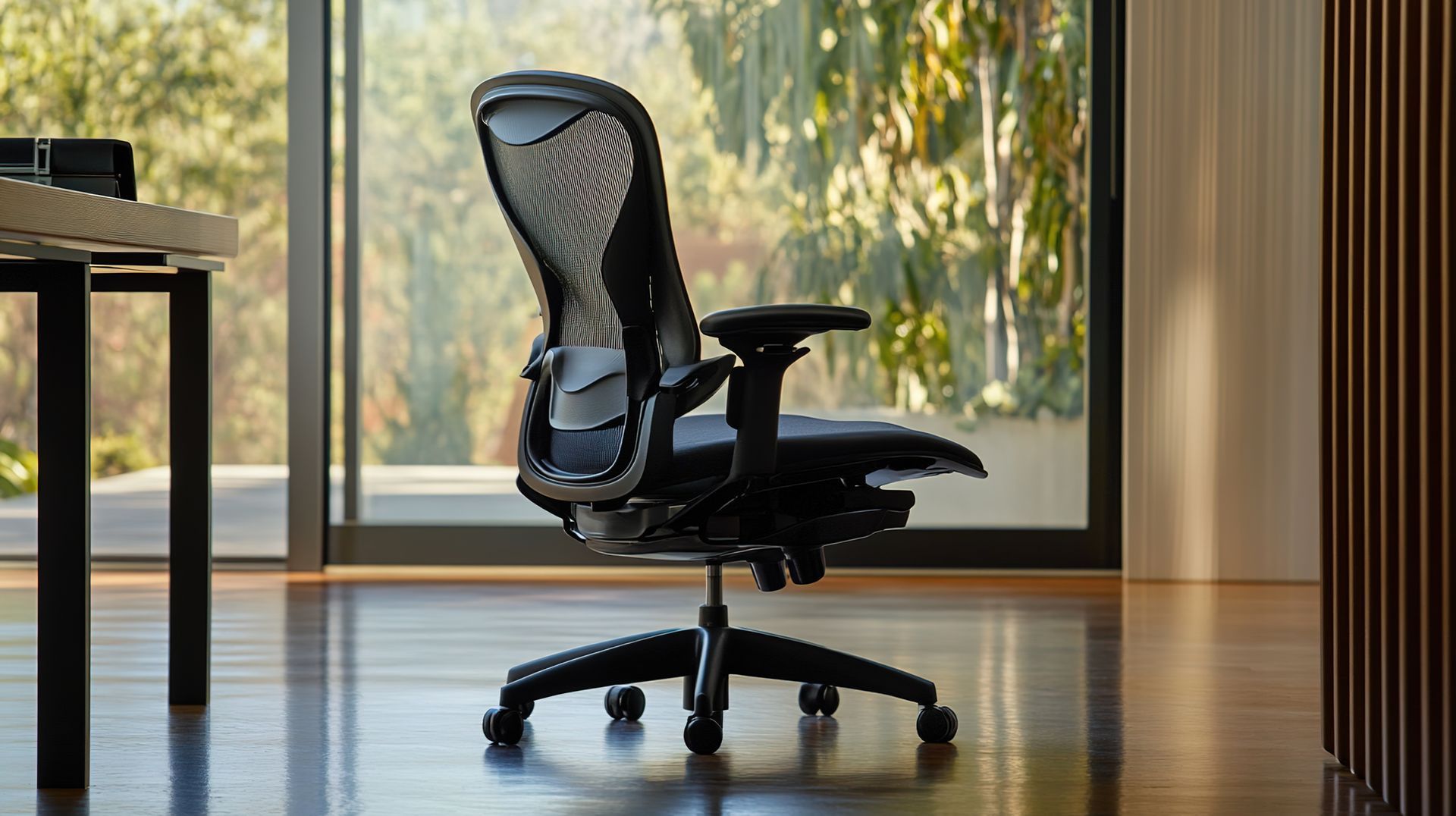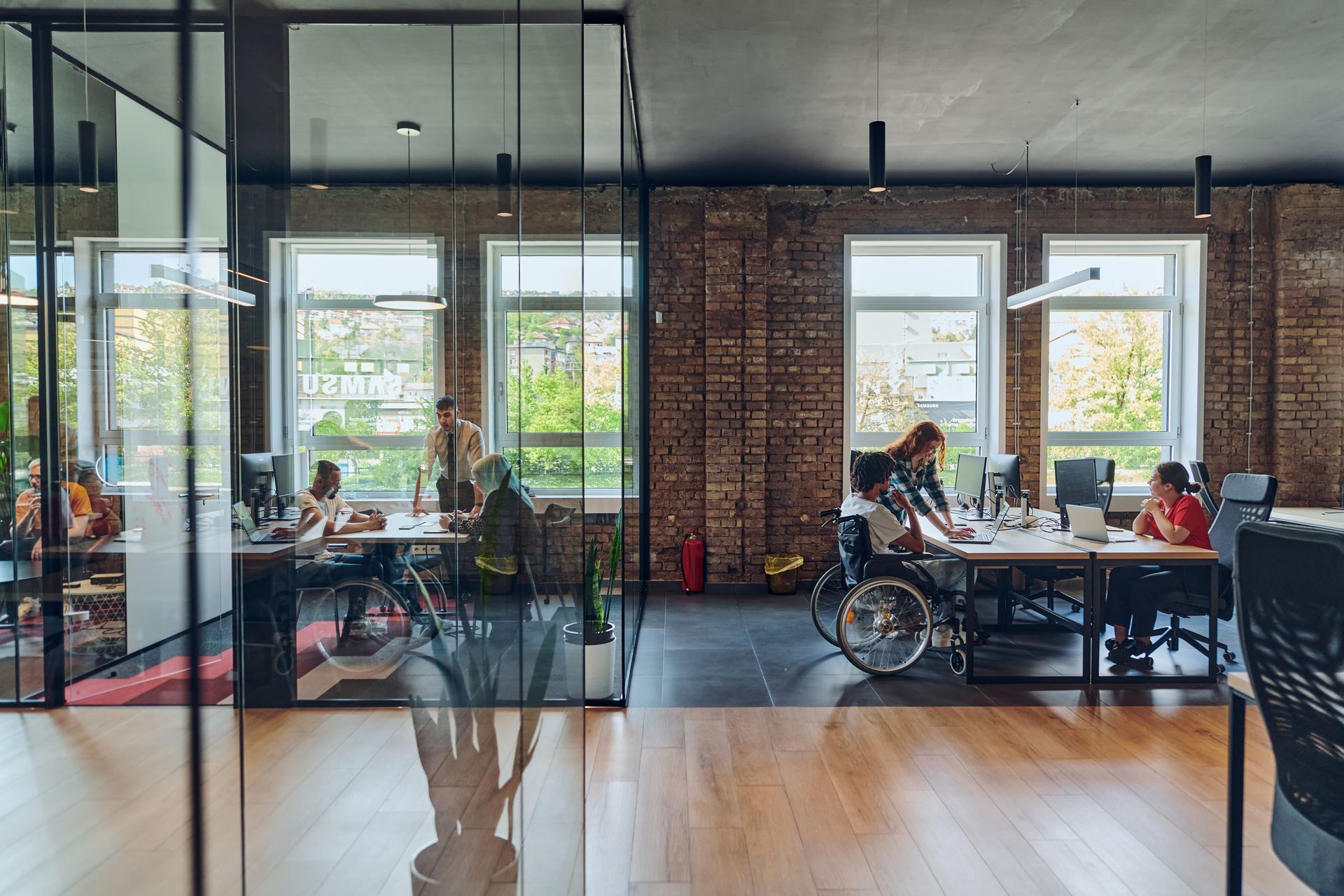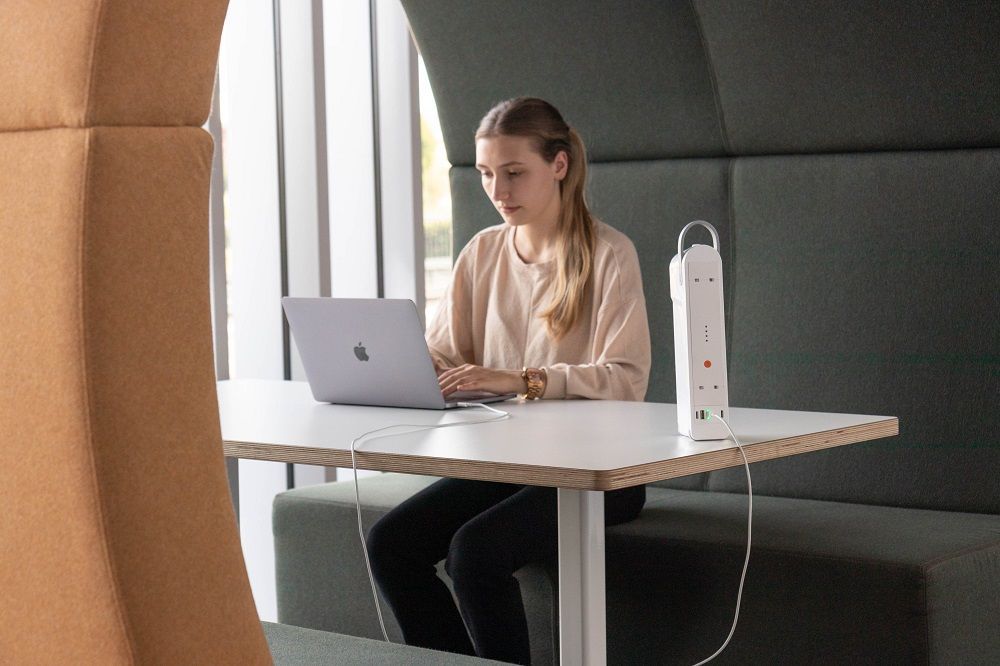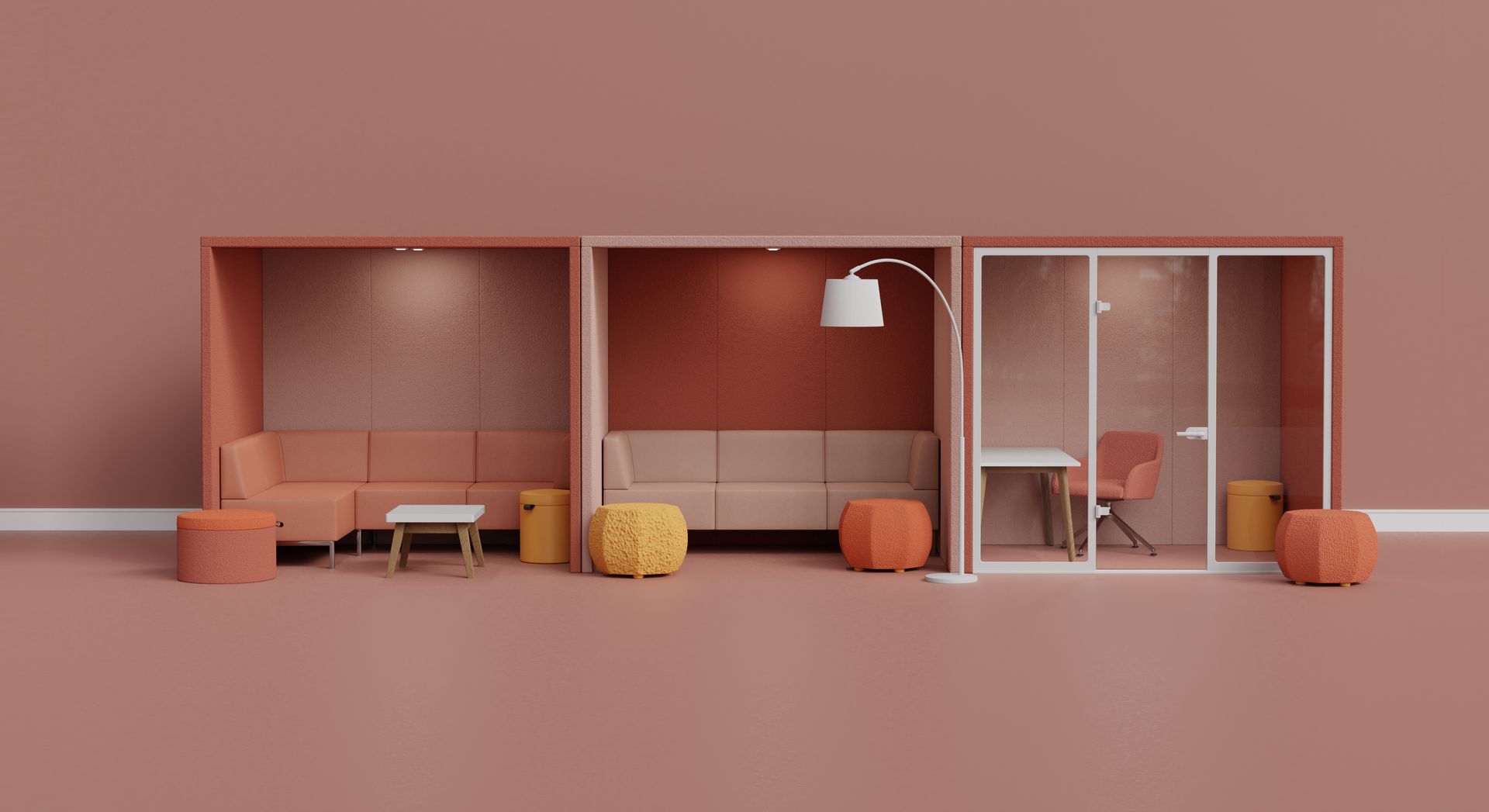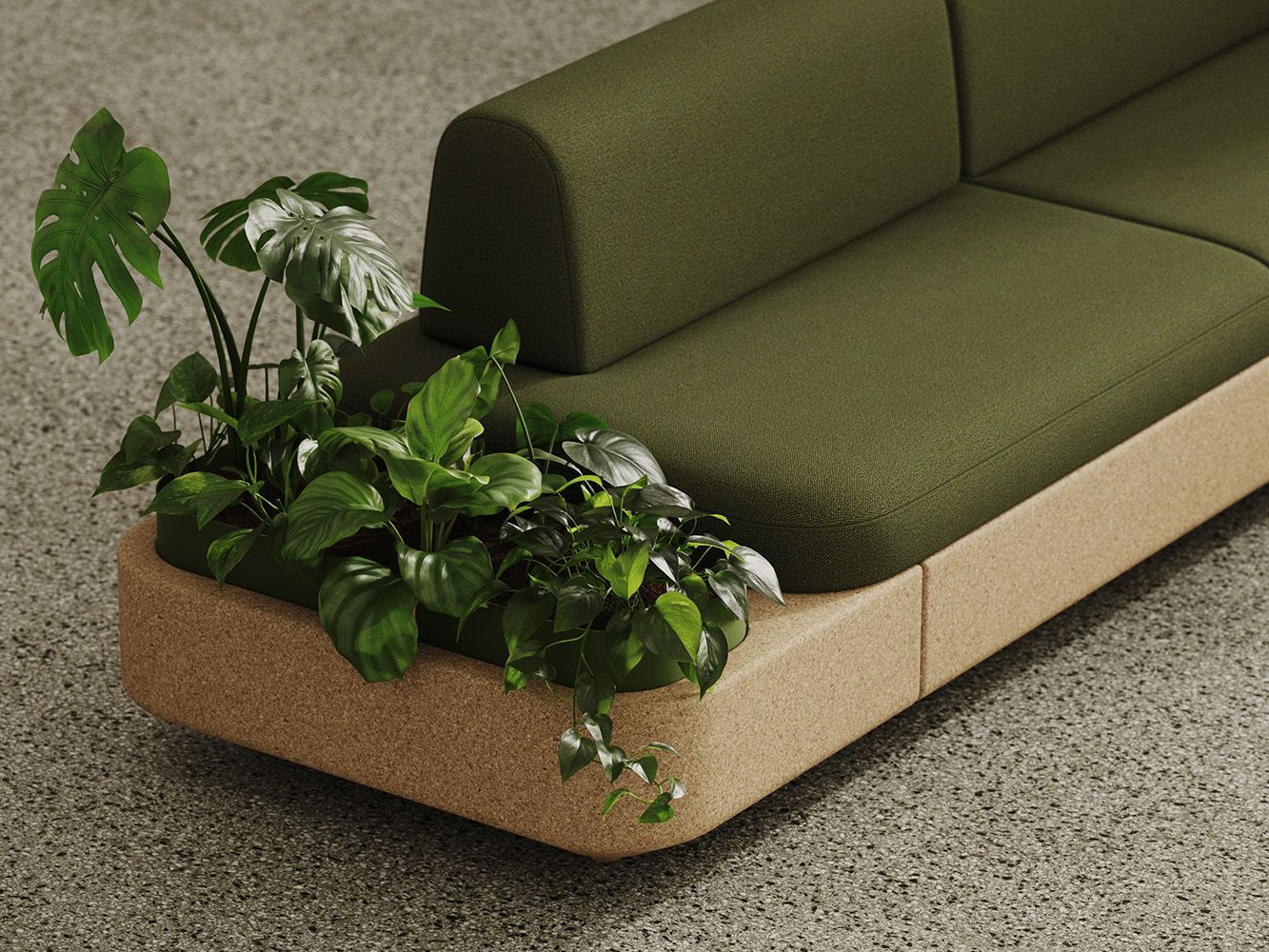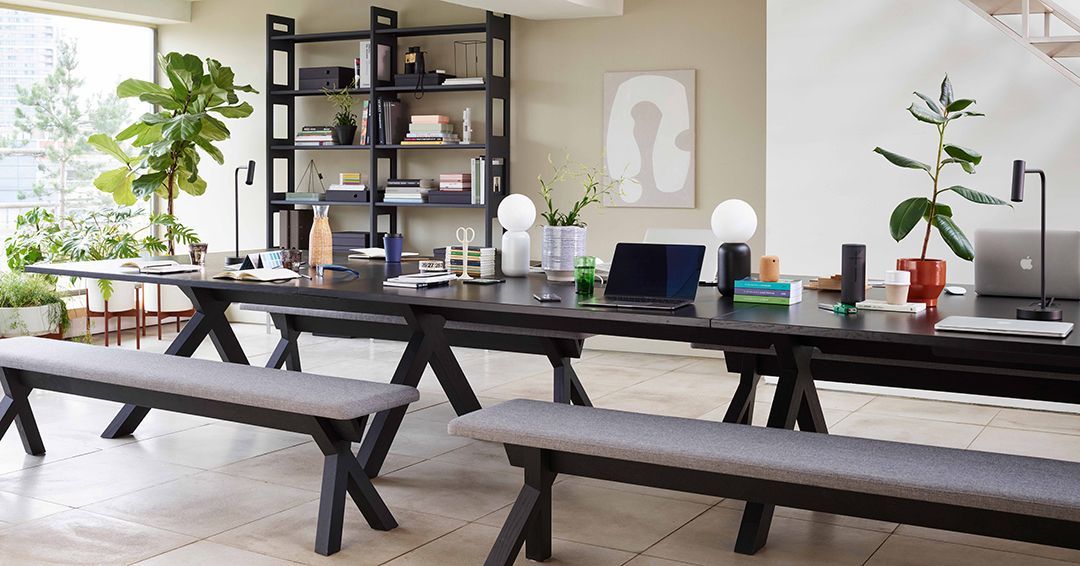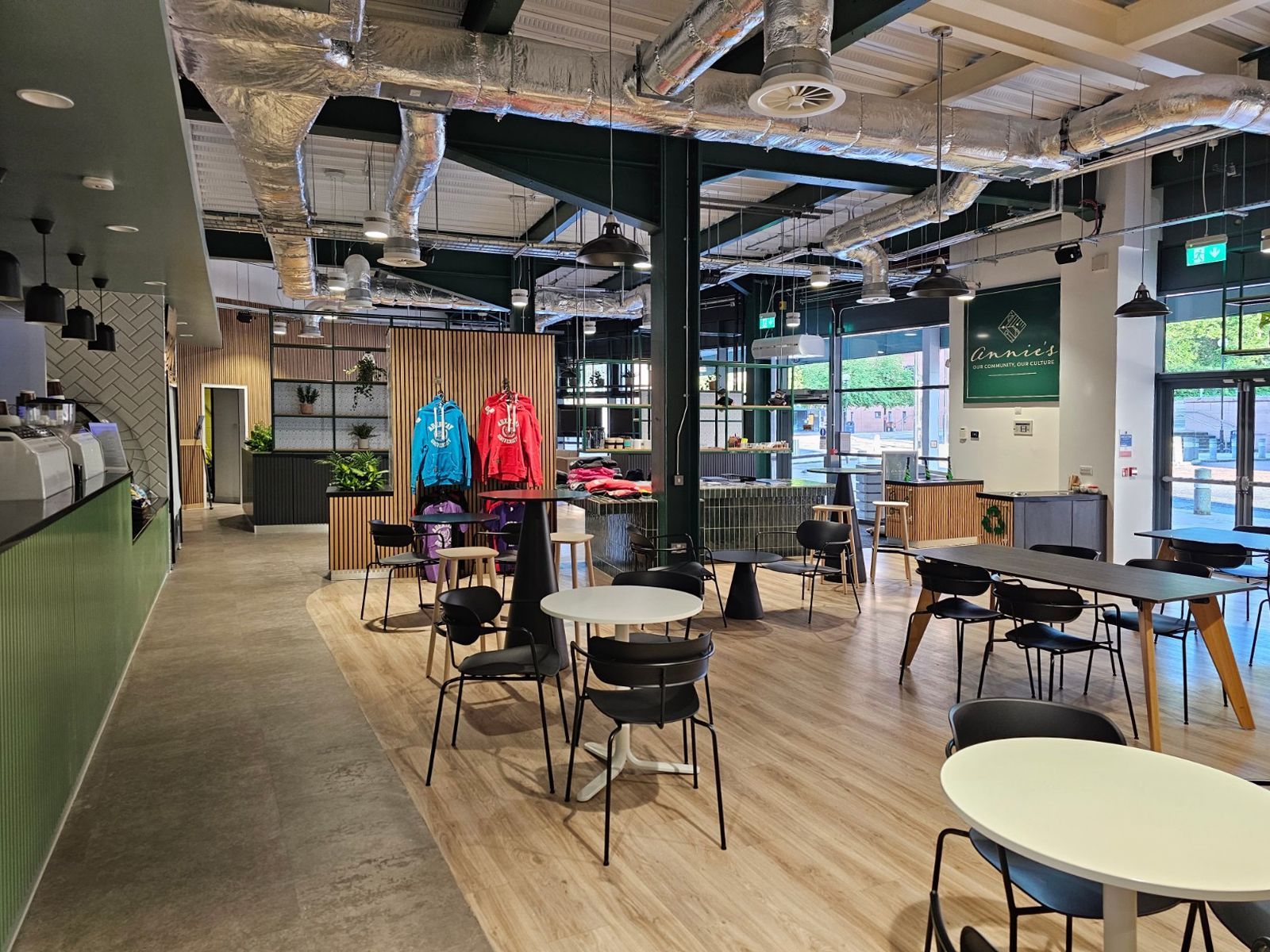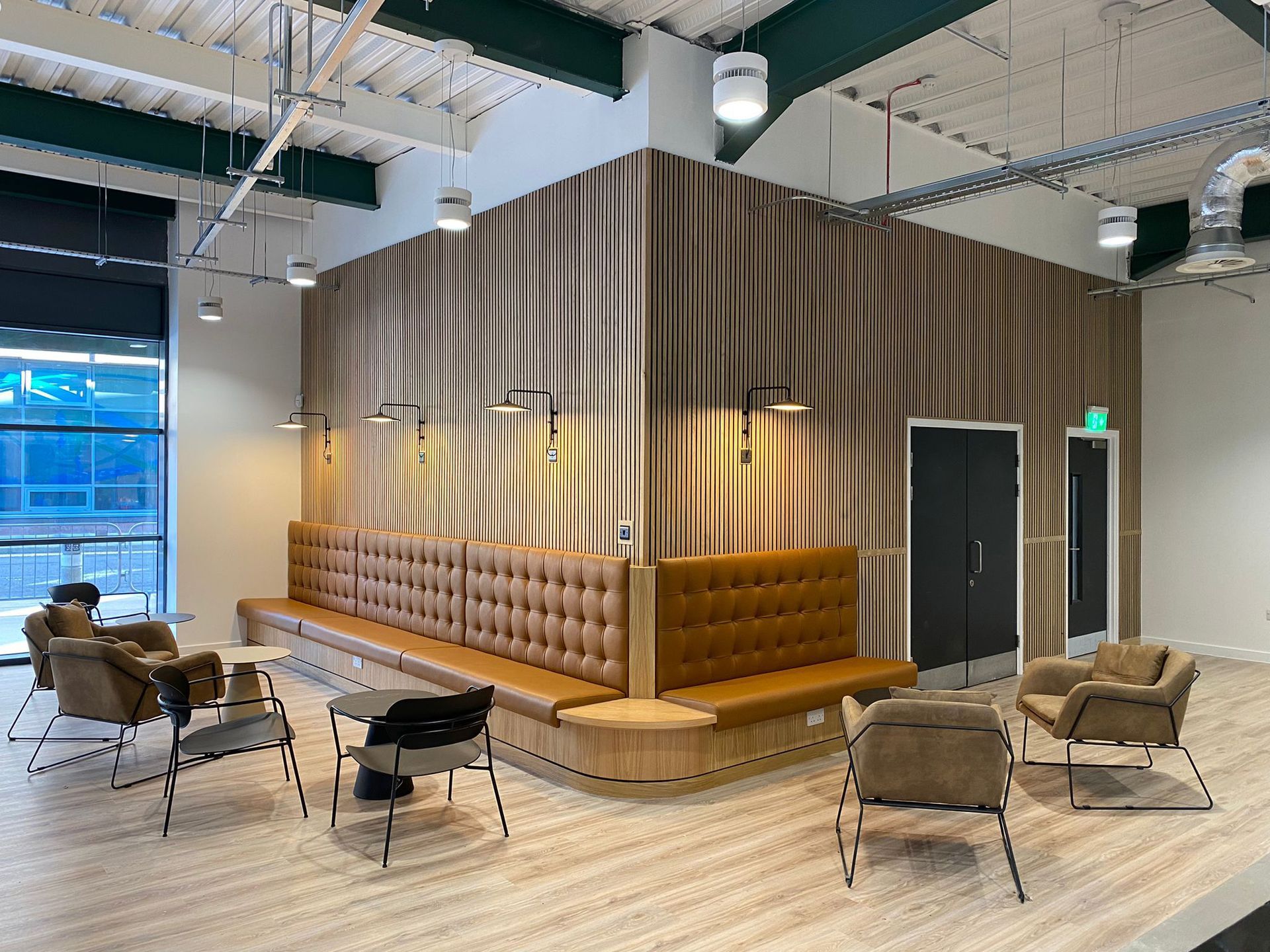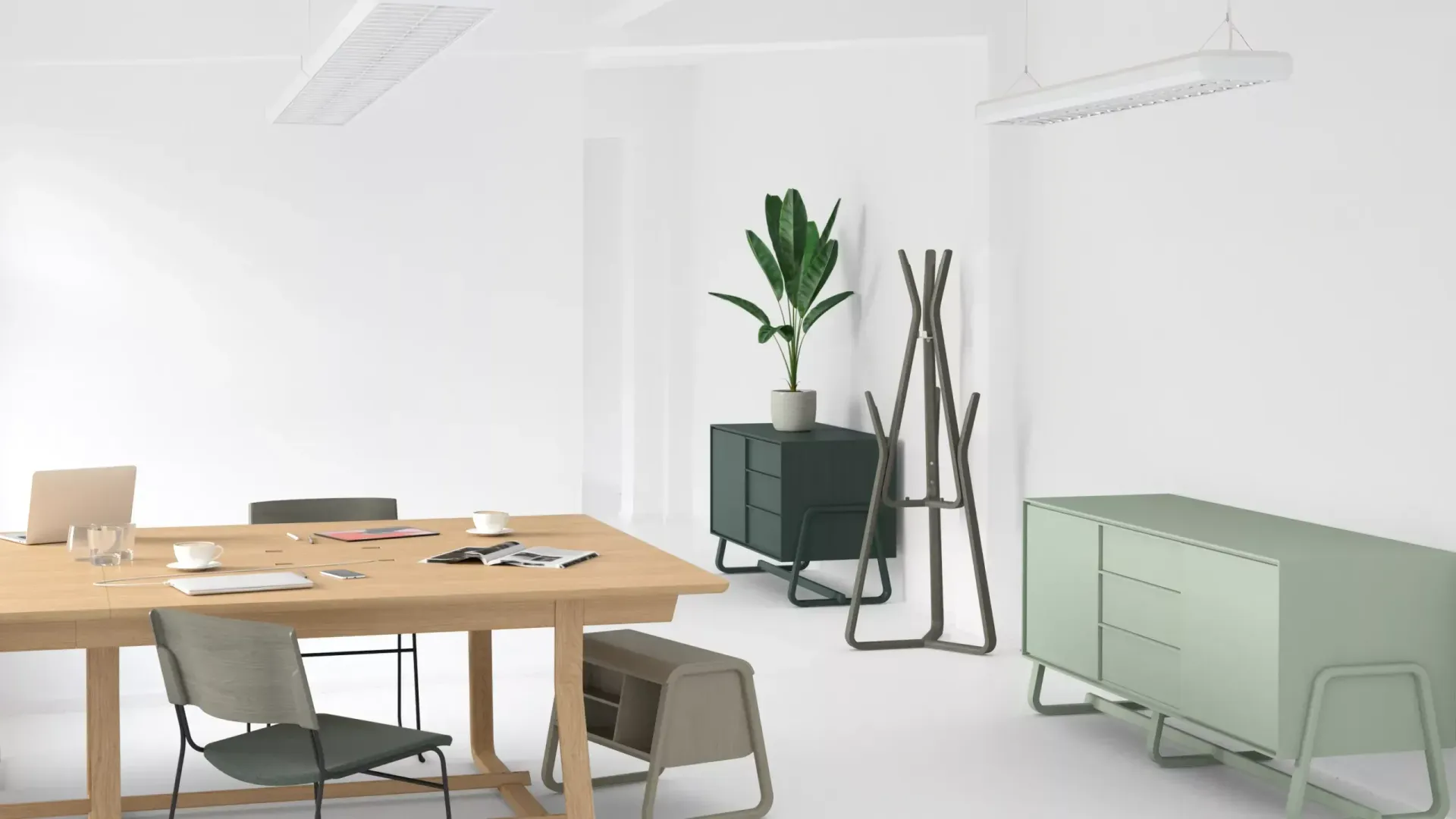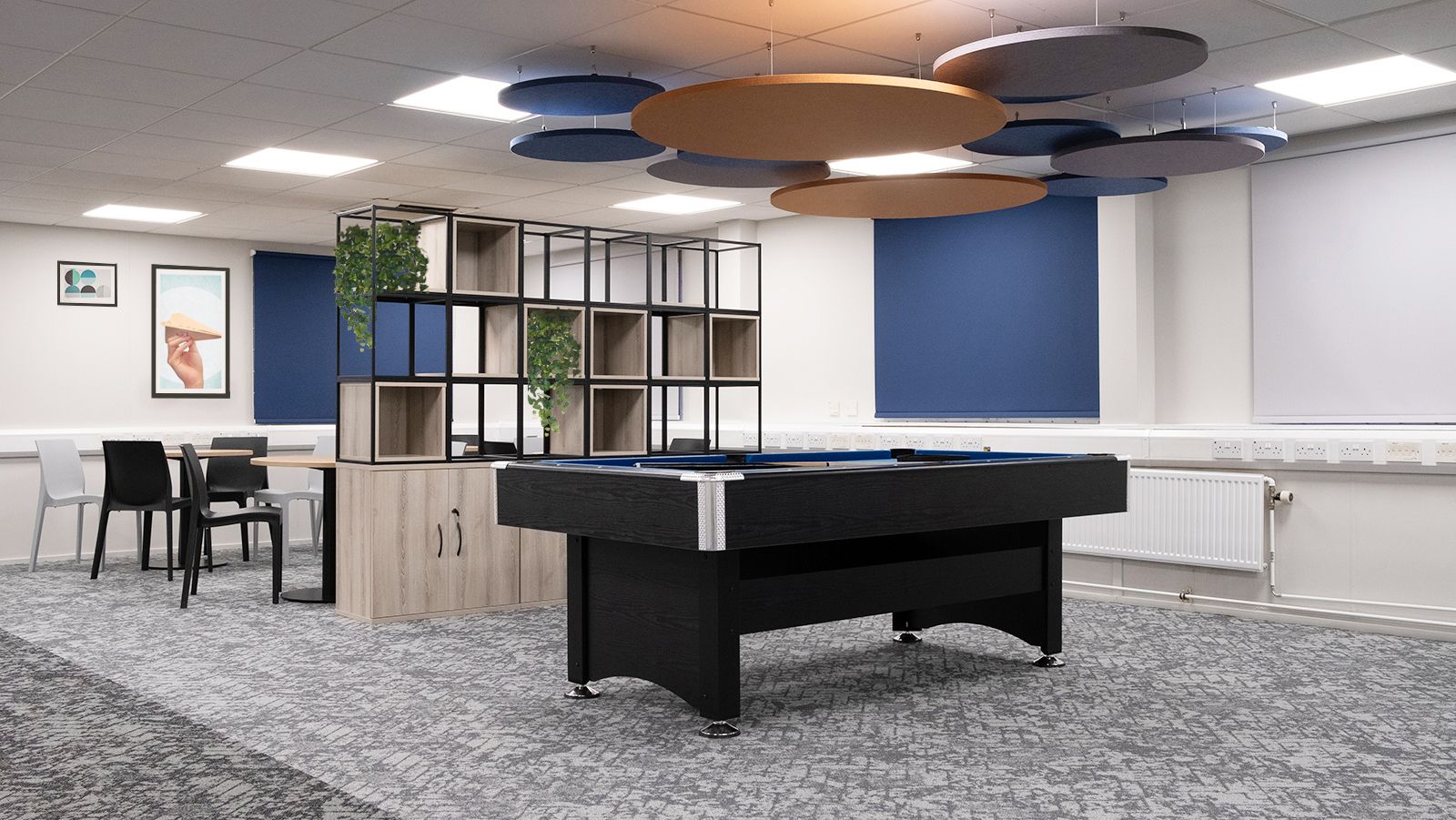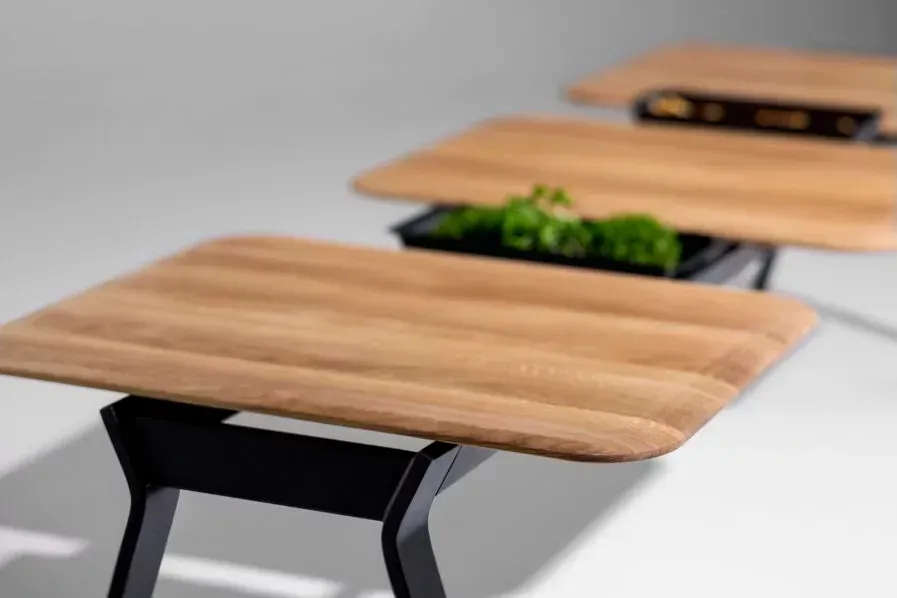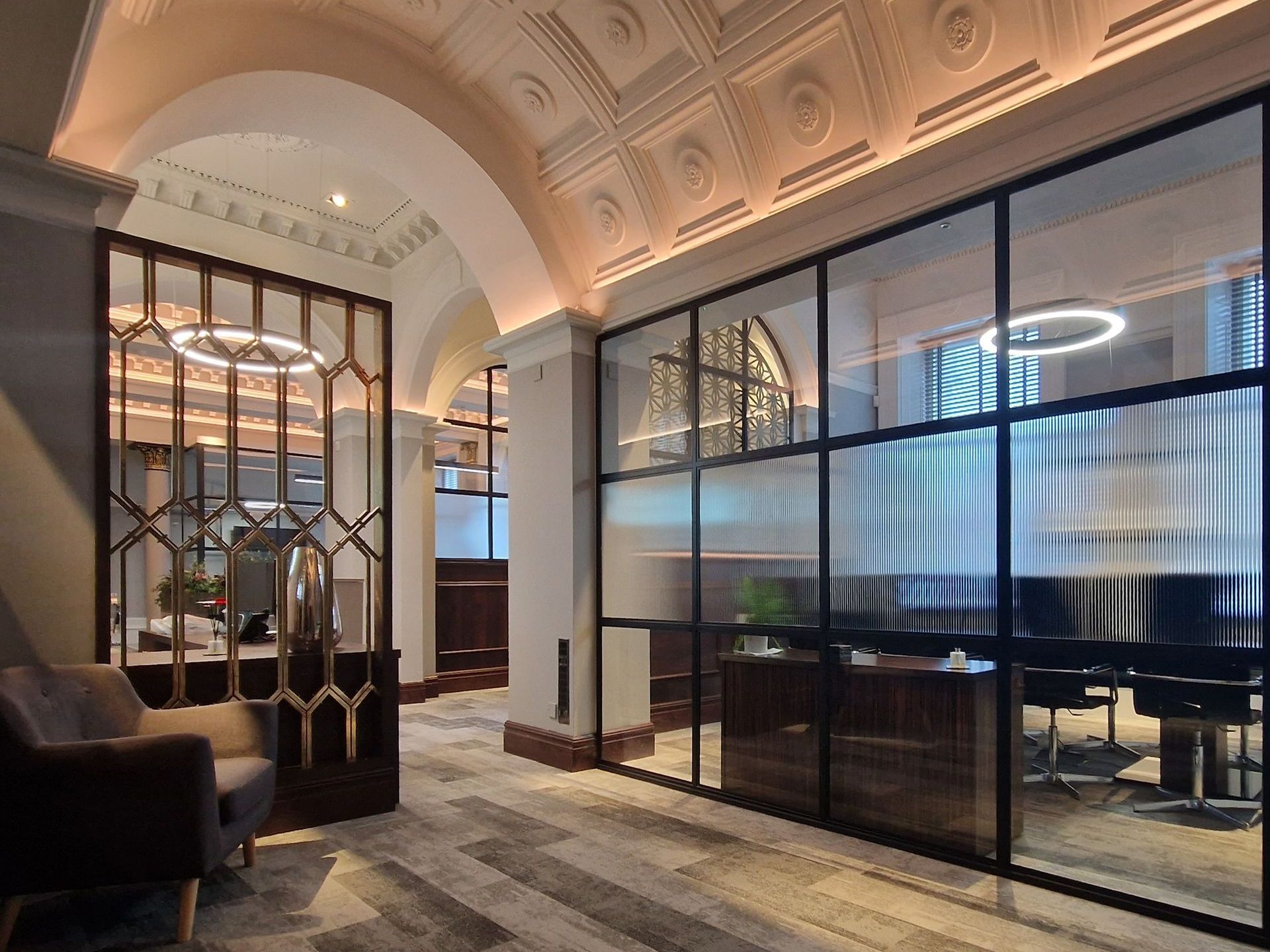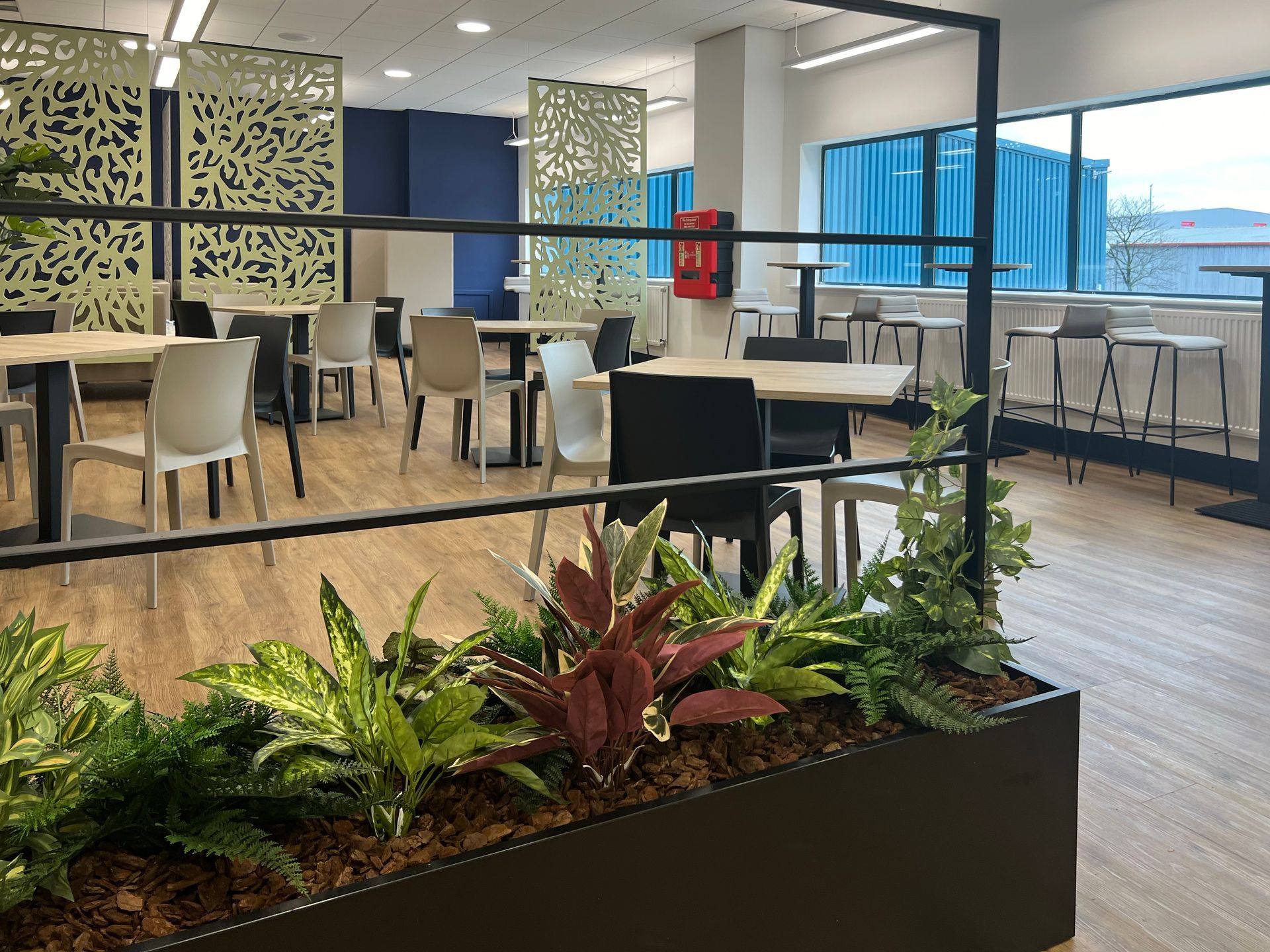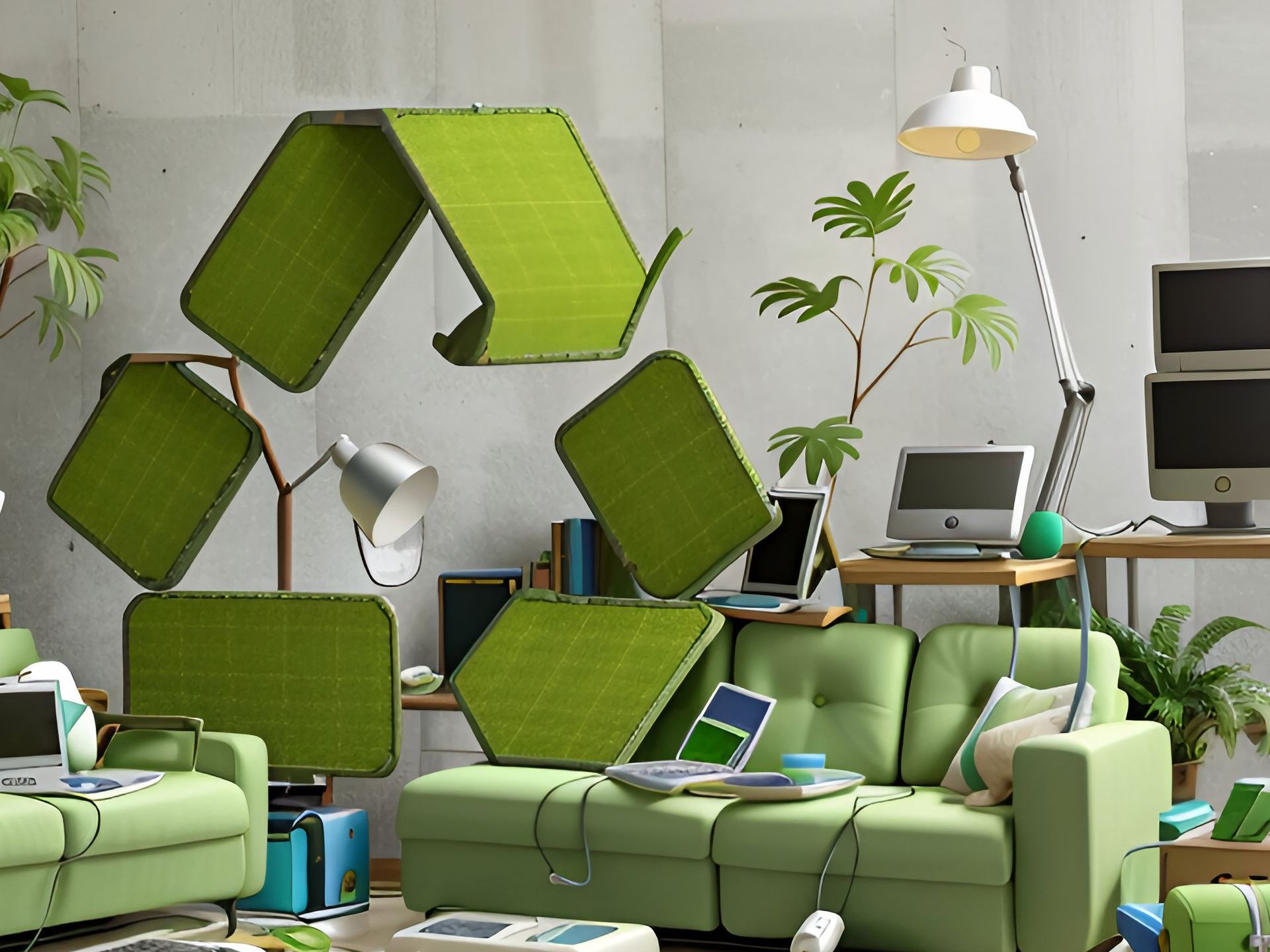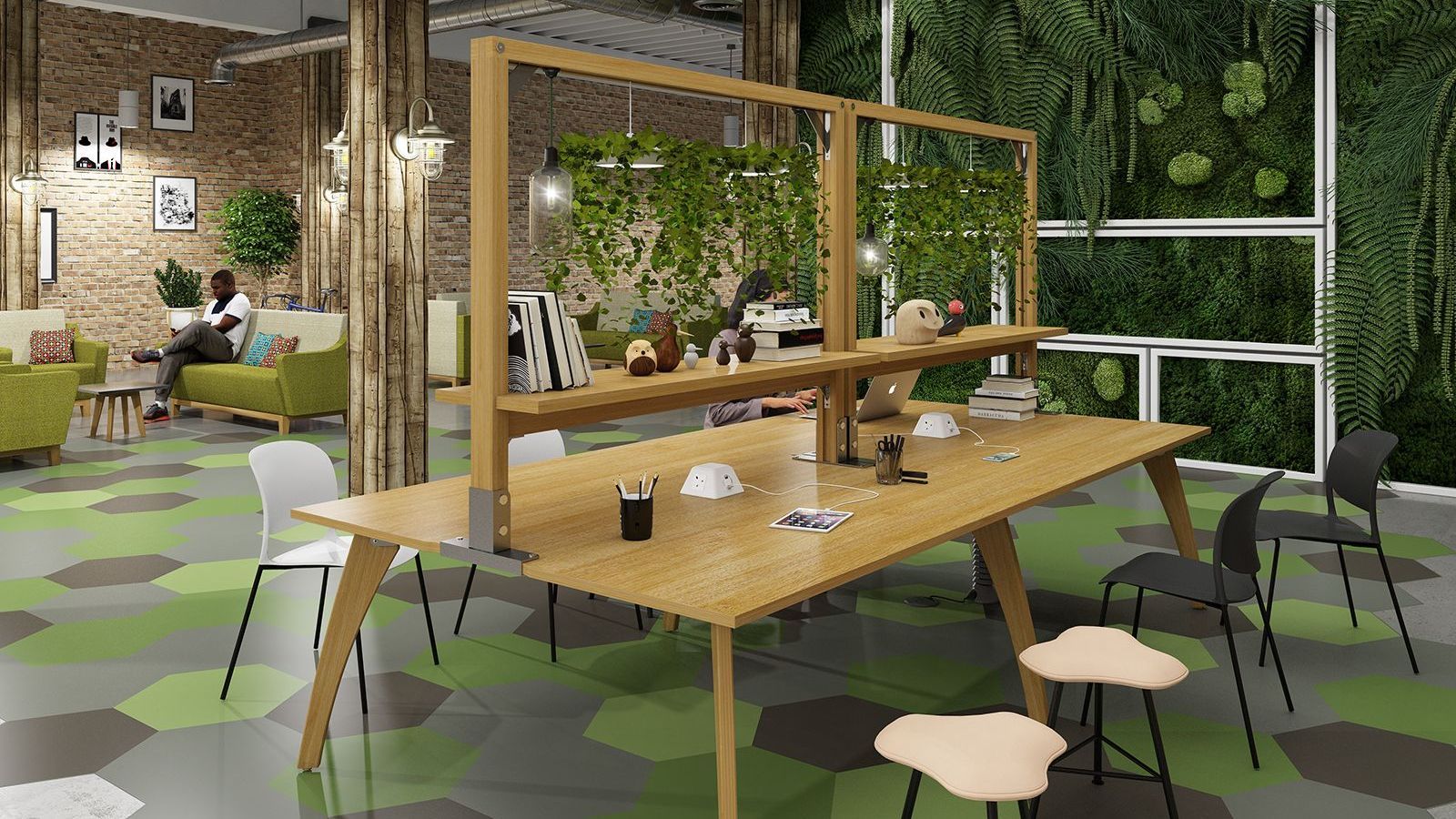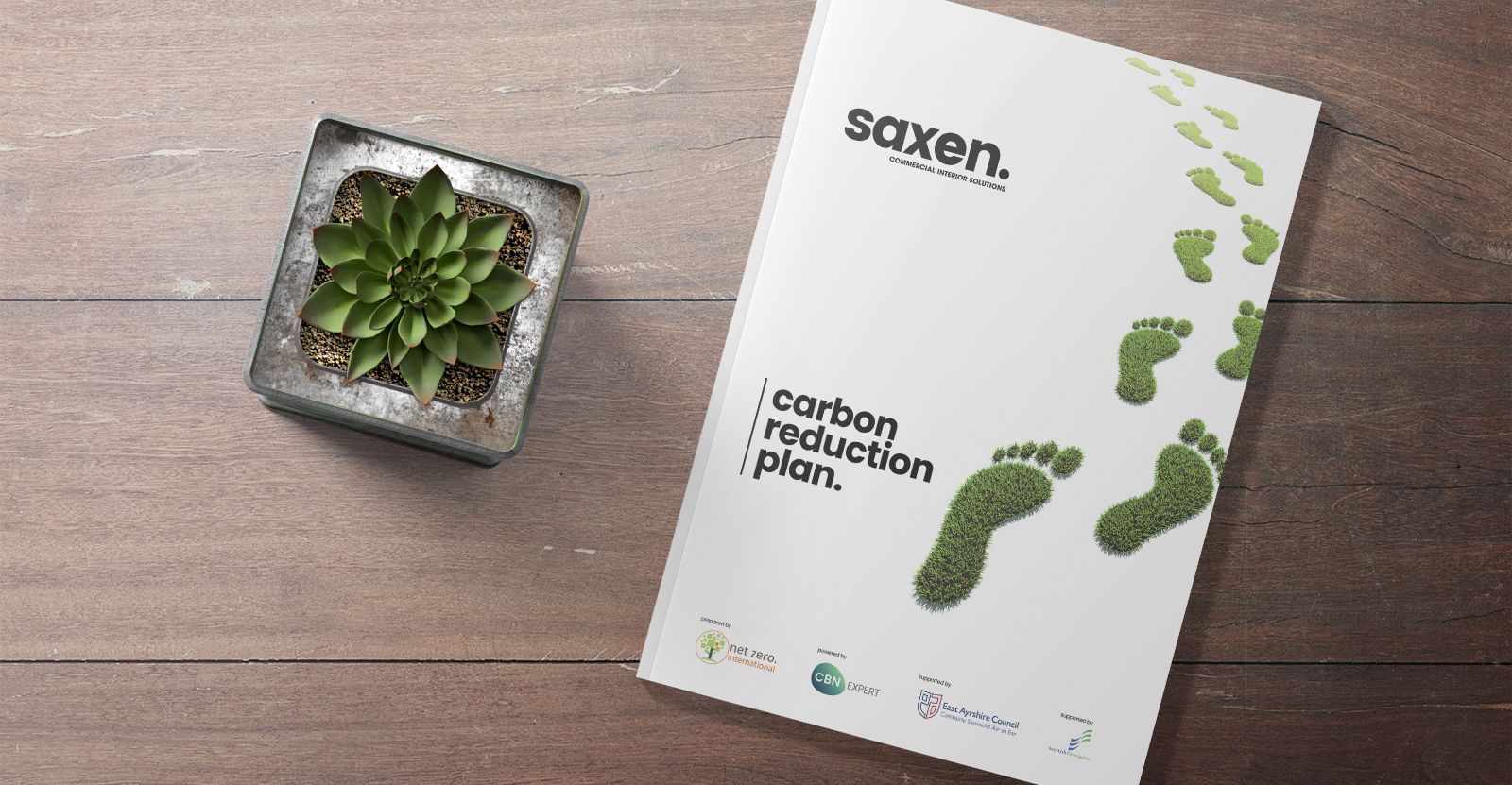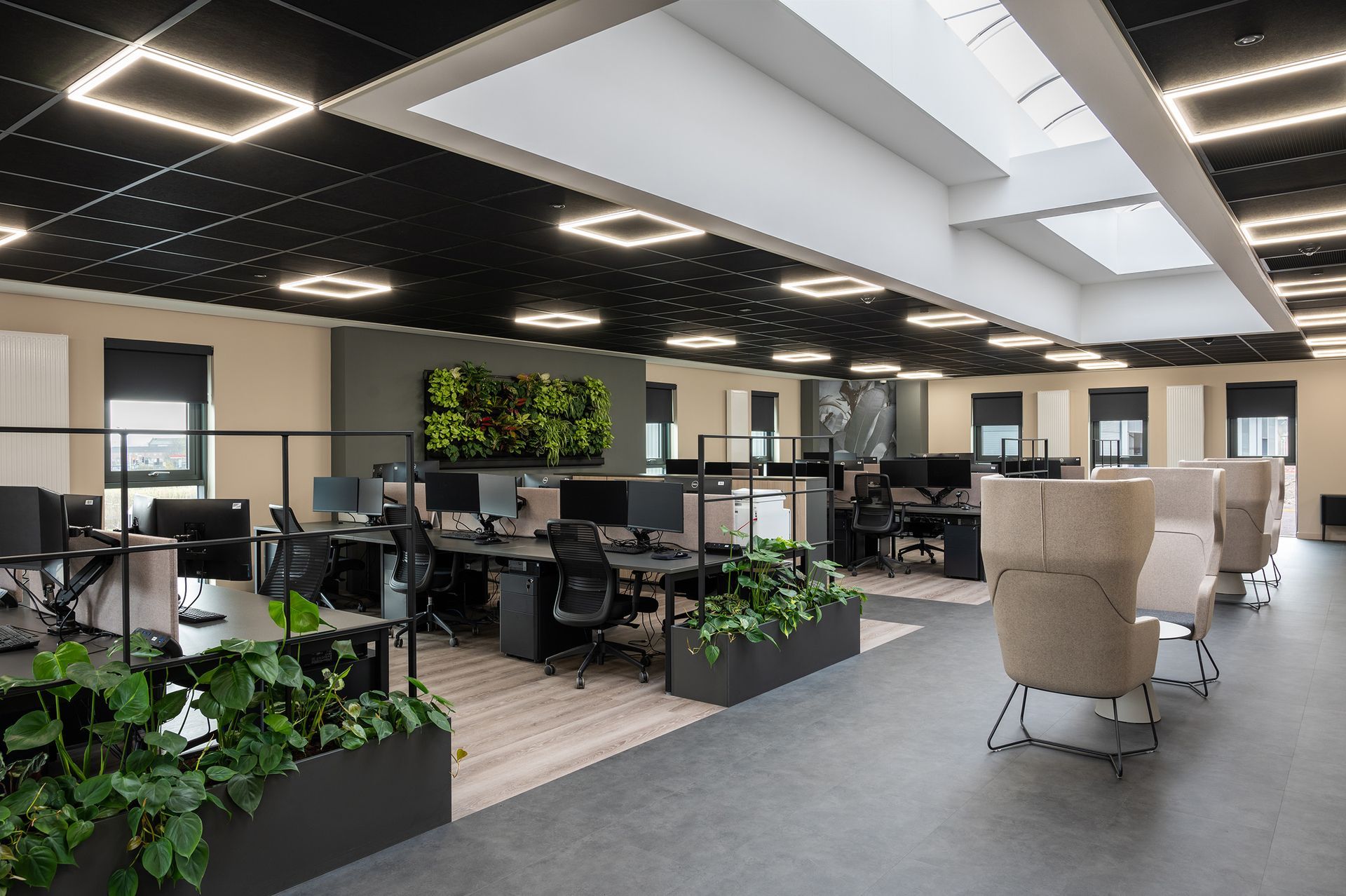Changing attitudes to the office post-covid
Prior to the pandemic, prime office space was at a premium and the goal was to fit as many people as possible into the space in order to keep overheads to a minimum.
We travelled to work in cars, buses or trains and crowded into stations, lifts and break rooms. Working from home was perceived to be for the lucky few whose job allowed them this freedom or for those who worked for themselves.
Fast forward to post-pandemic 2020 and around 60% of people are working from home – some are lucky to have a home office but many work from dining room tables, breakfast bars or from the sofa with a laptop.

But is WFM (working from home) all that it is cracked up to be?
Many are feeling liberated from the rush hour queues and cramped trains and are loving the extra time freed up in getting to and from work; the convenience of sticking a load in the washing machine while taking a phone call or other household chores that used to be done in a rush before leaving for work or in the evenings.
Others long to return to the structure of the 9-5 routine, catching up with their co-workers and the collaboration of ideas that a busy office brings. For some, it may be the only social interaction they have in a day.
The big question is whether working from home is as productive as being in an office environment. In the short-term it is hard to judge – some report increased productivity while others find it hard to concentrate and motivate themselves. Was WFM successful for some as they viewed it as a short-term arrangement? Would productivity and standards slip if it were to continue on a more permanent basis? What would happen to health and wellbeing if it were to be a more permanent culture? How would trainees and new staff be mentored by their experienced colleagues?
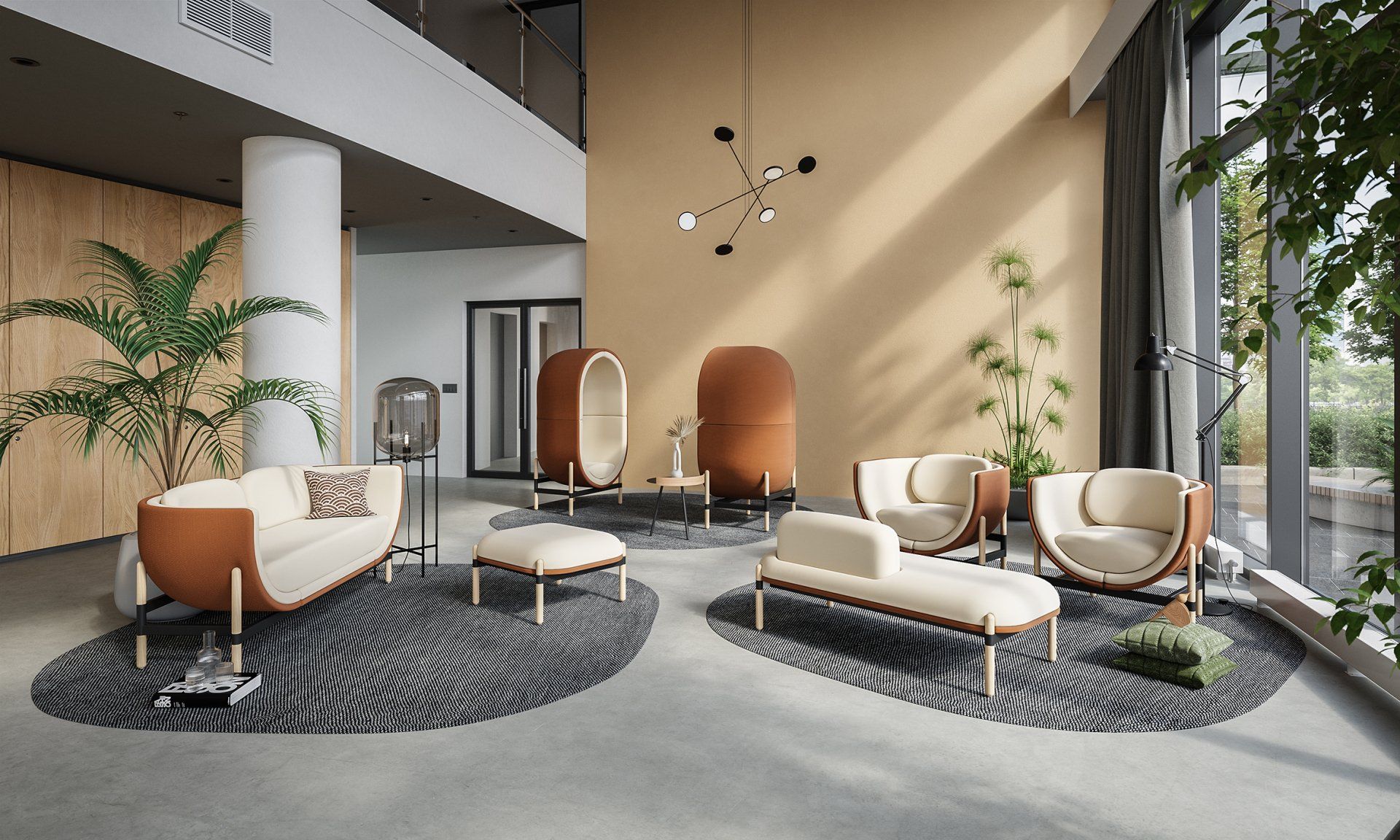
The answer is based on individual circumstances, type of work and personality. While some have grasped the opportunity of WFH with both hands, others have struggled and long to return to the office. Therefore, it is important that each person and job function is assessed individually going forward before a company decides to downsize their premises and reduce the high cost of rent and rates. Consideration should be given to redesigning the office to include collaboration areas, breakout space and choice of work areas. Systems and IT should be looked at in detail and improvements made with the help of the staff.
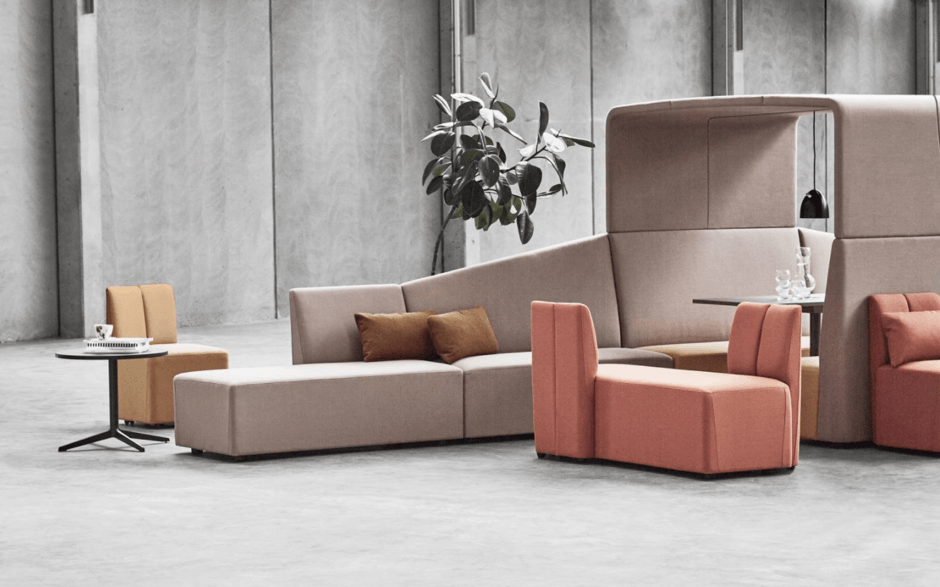
The coming months will be an experiment for many organisations and involve a lot of soul-searching to achieve the objectives of the organisation, retain staff and attract new employees. But it is expected that the post-Covid office will be a more flexible space with staff dipping in and out, with the office used more for meetings, connecting and collaboration with colleagues.
